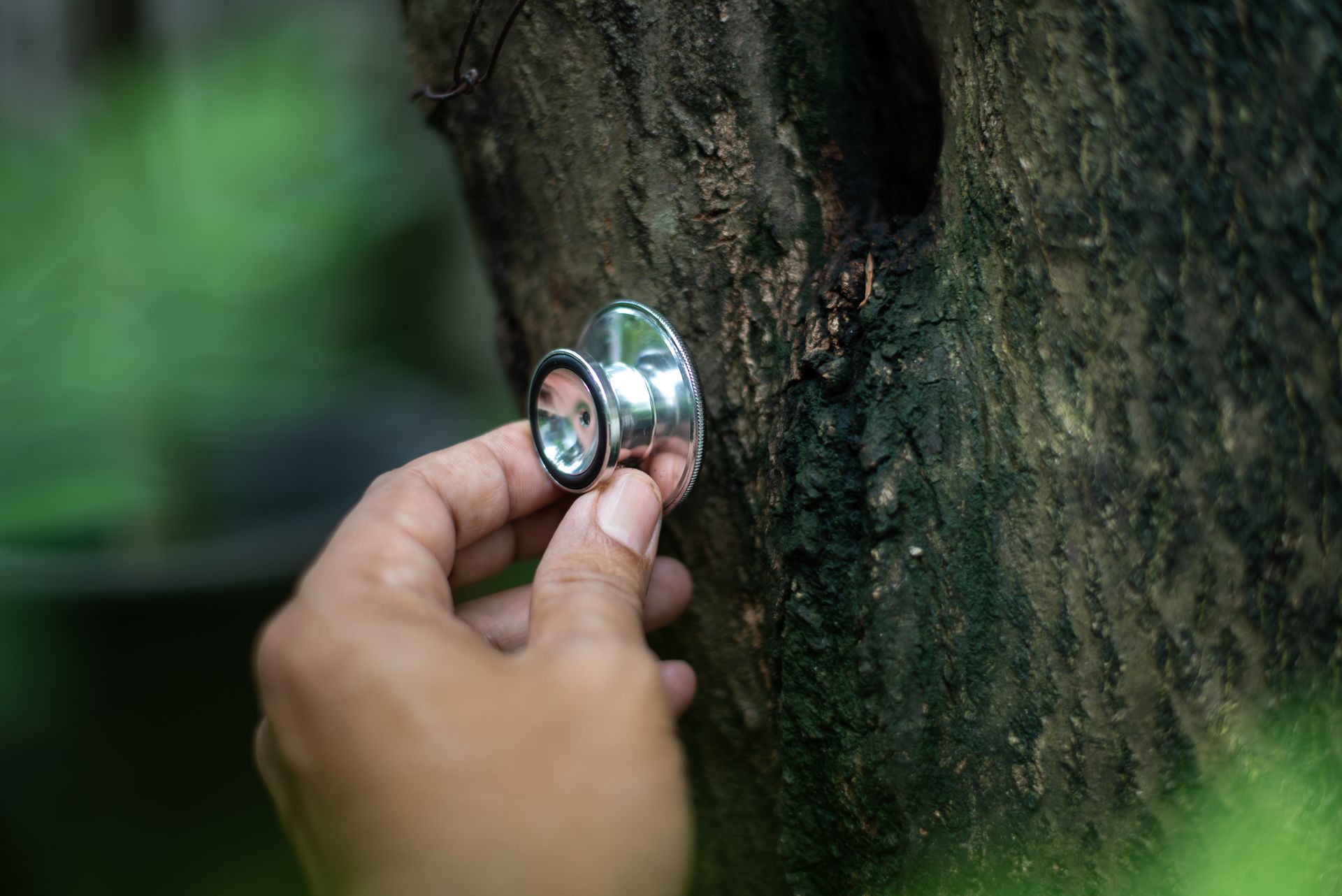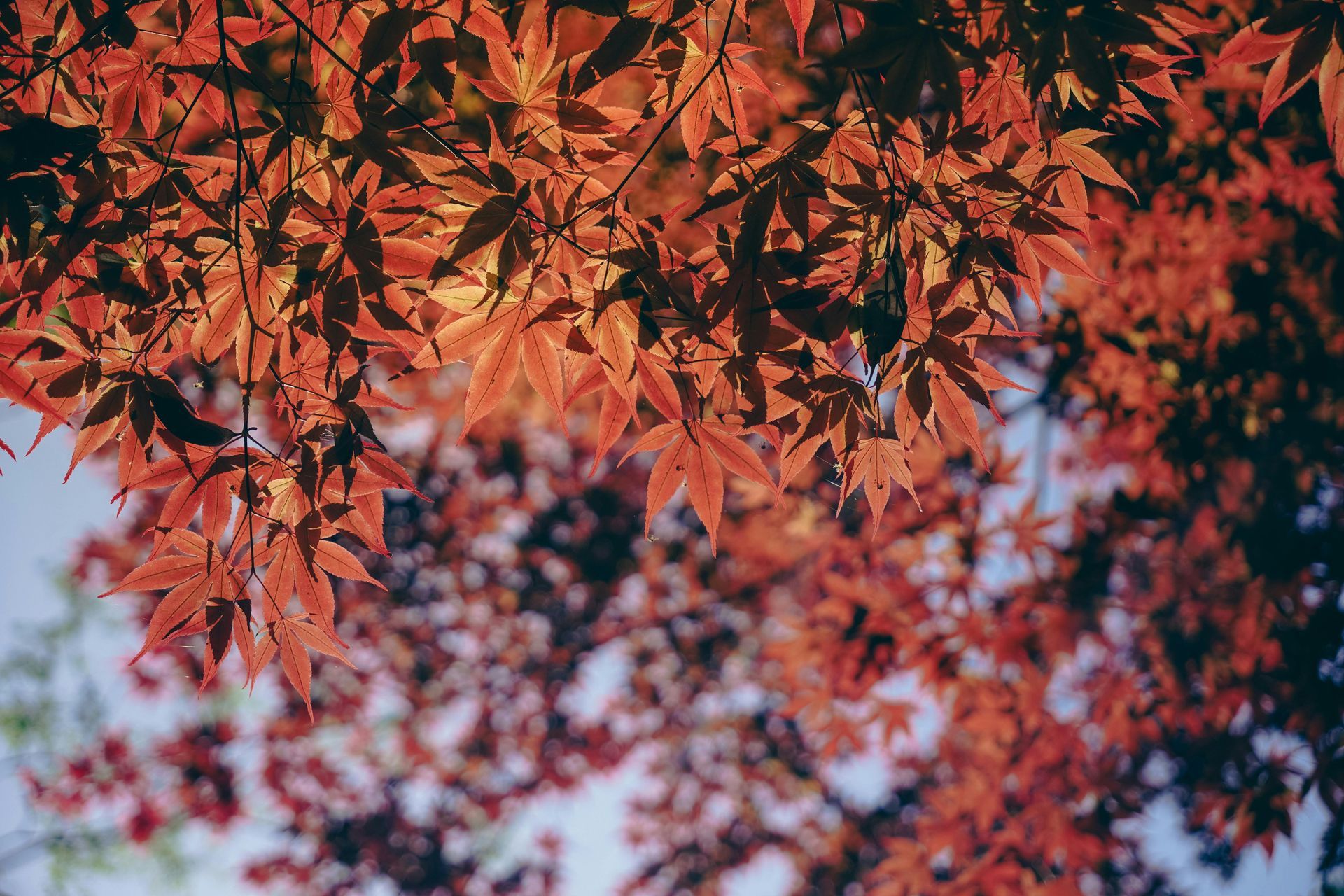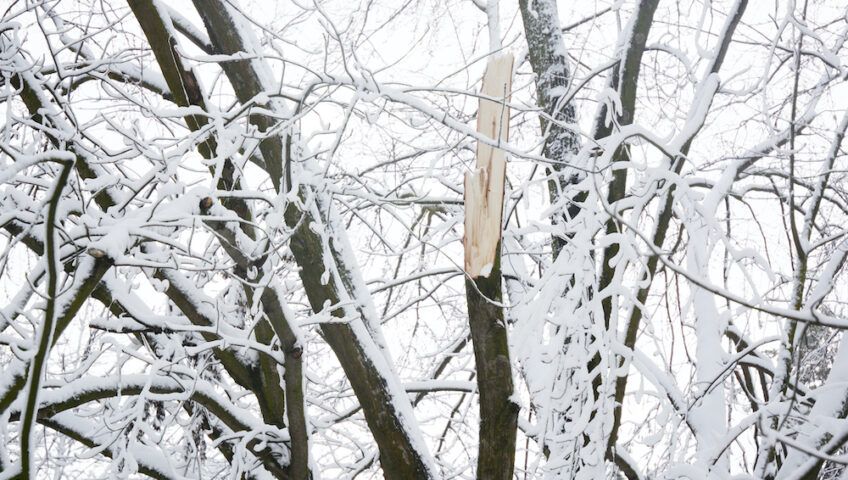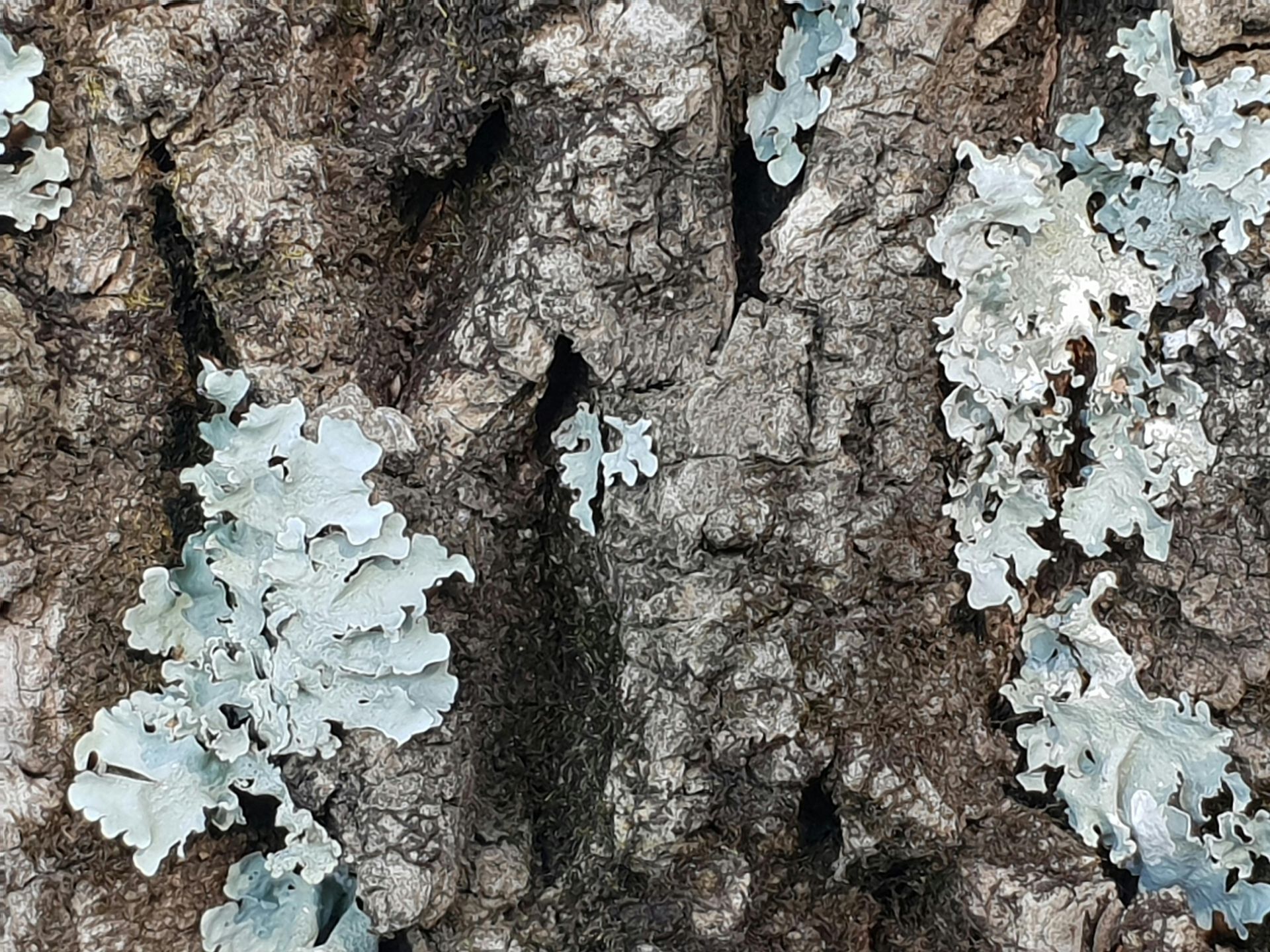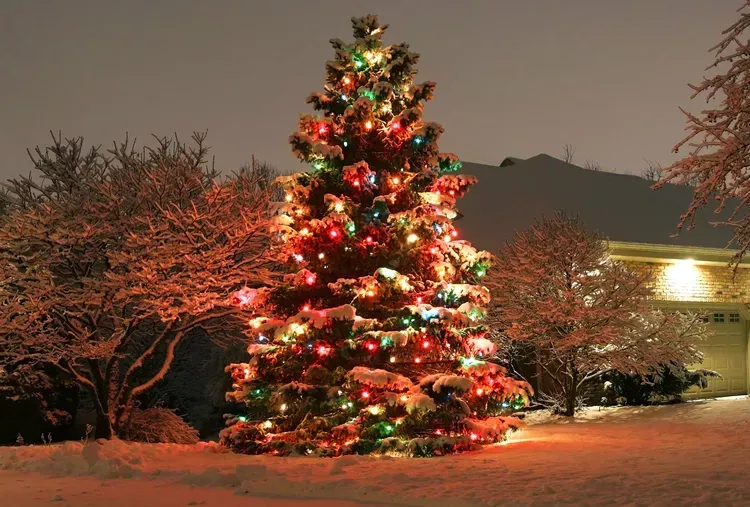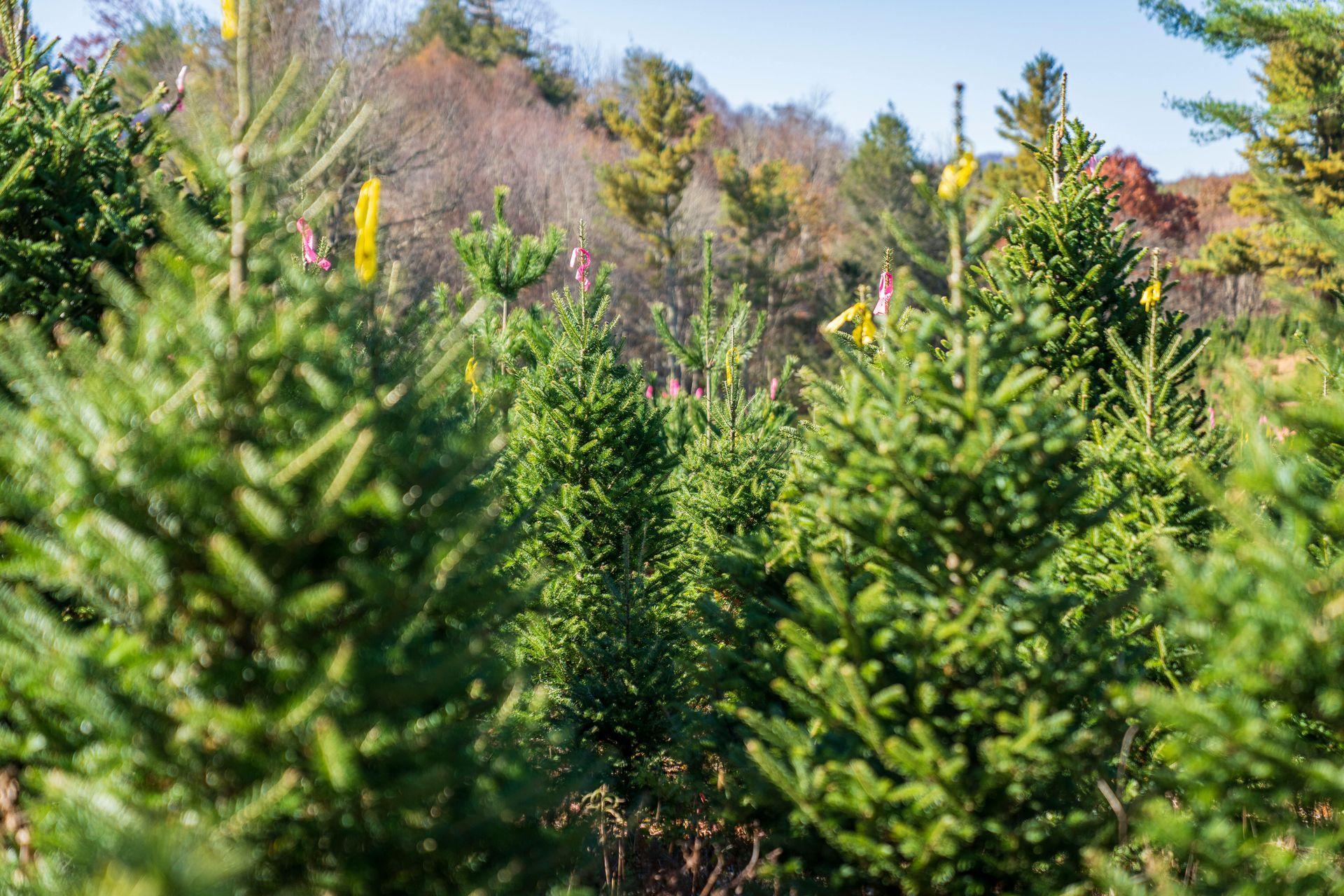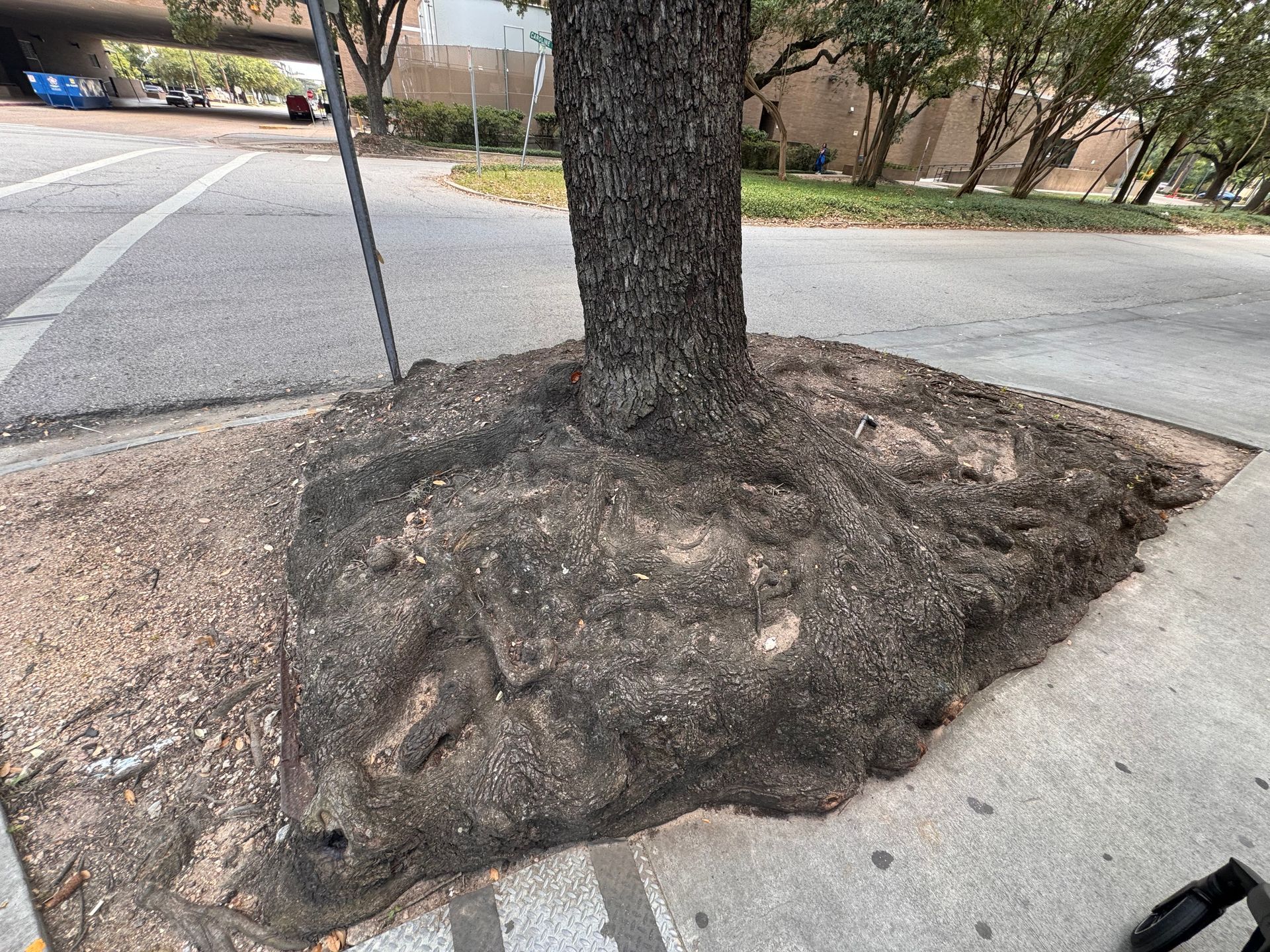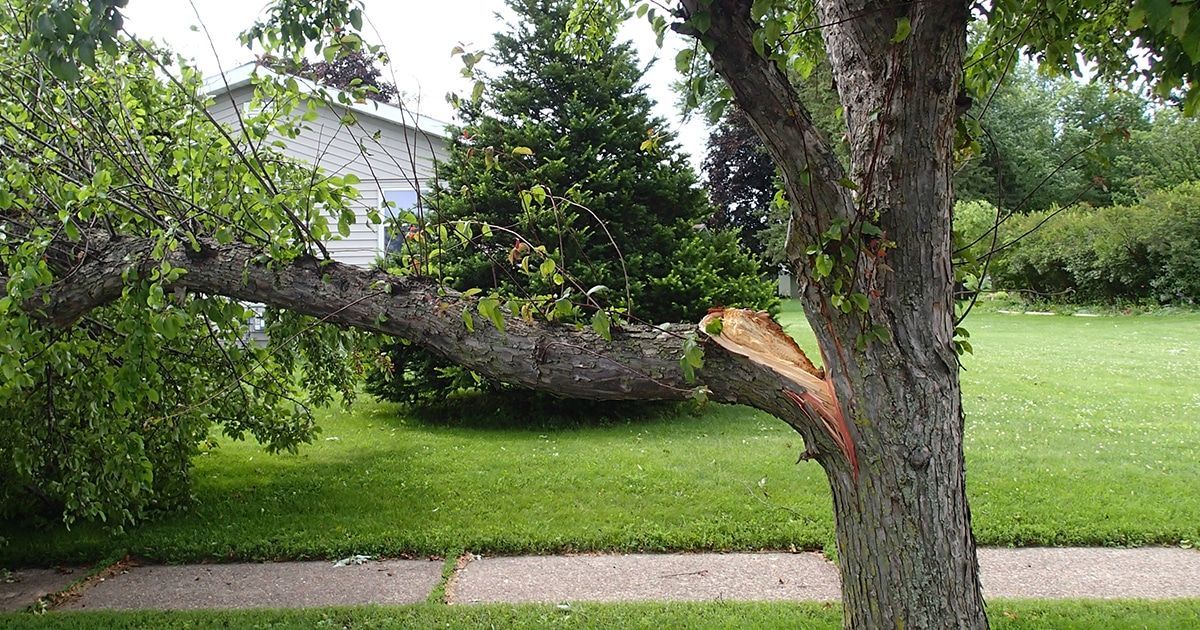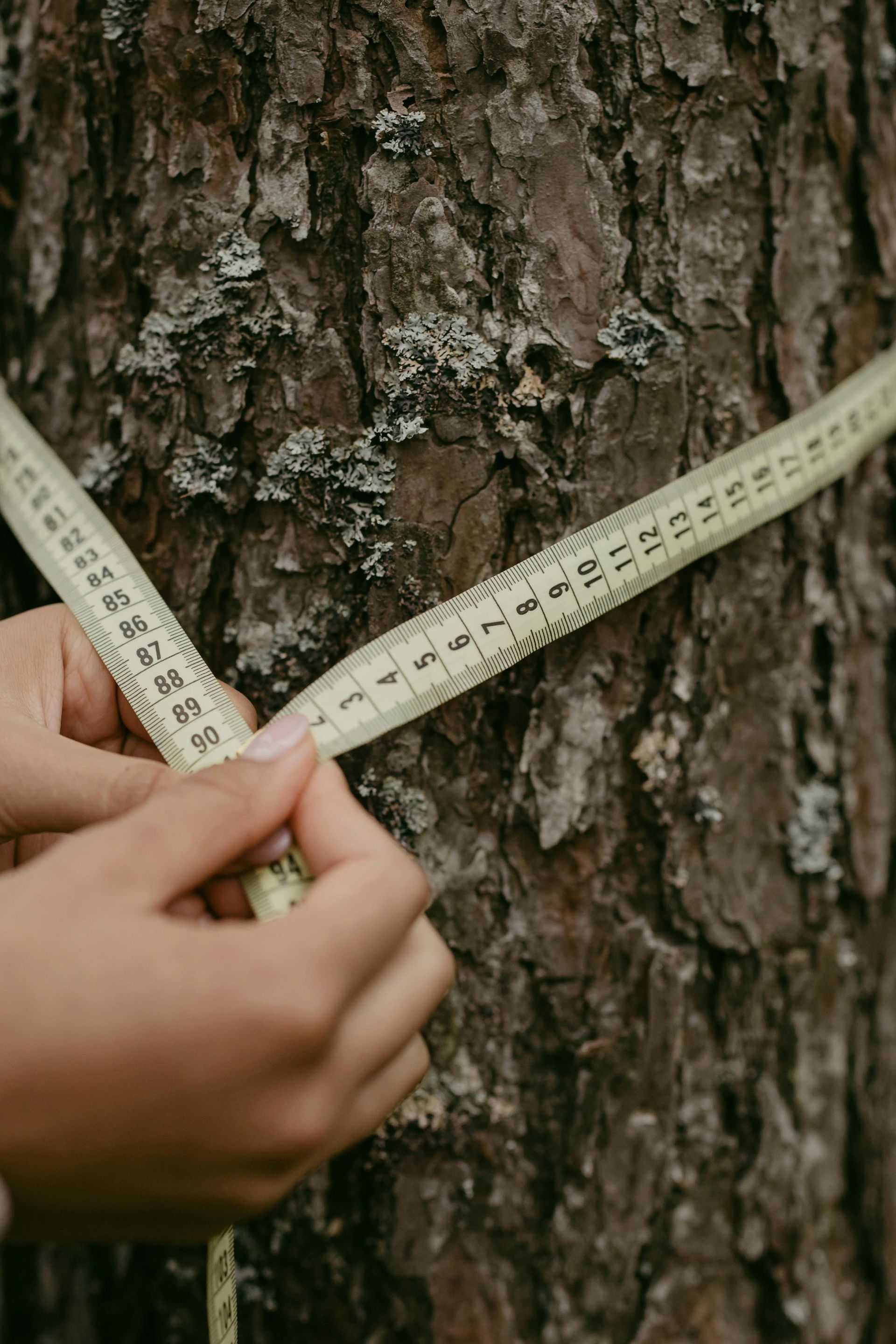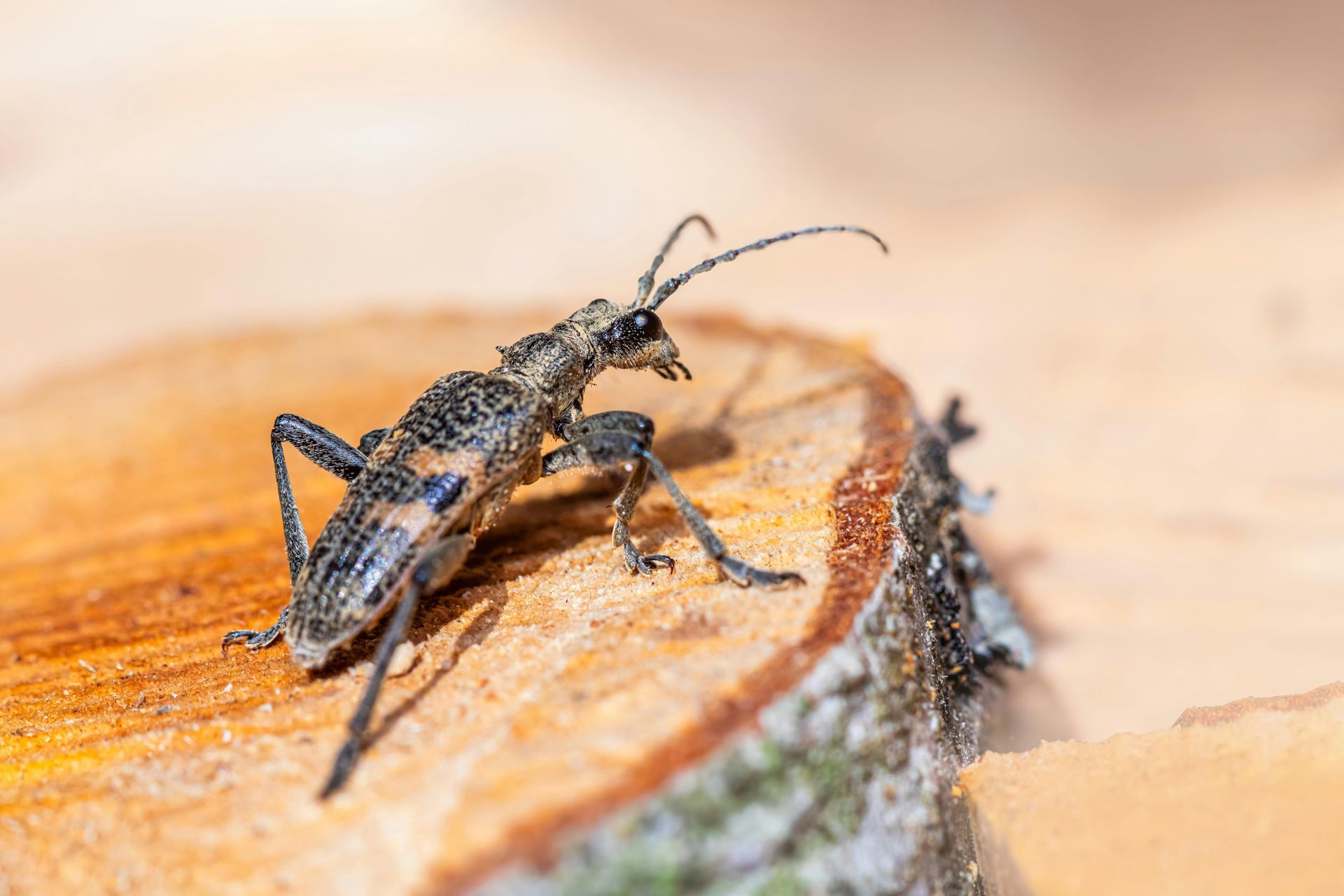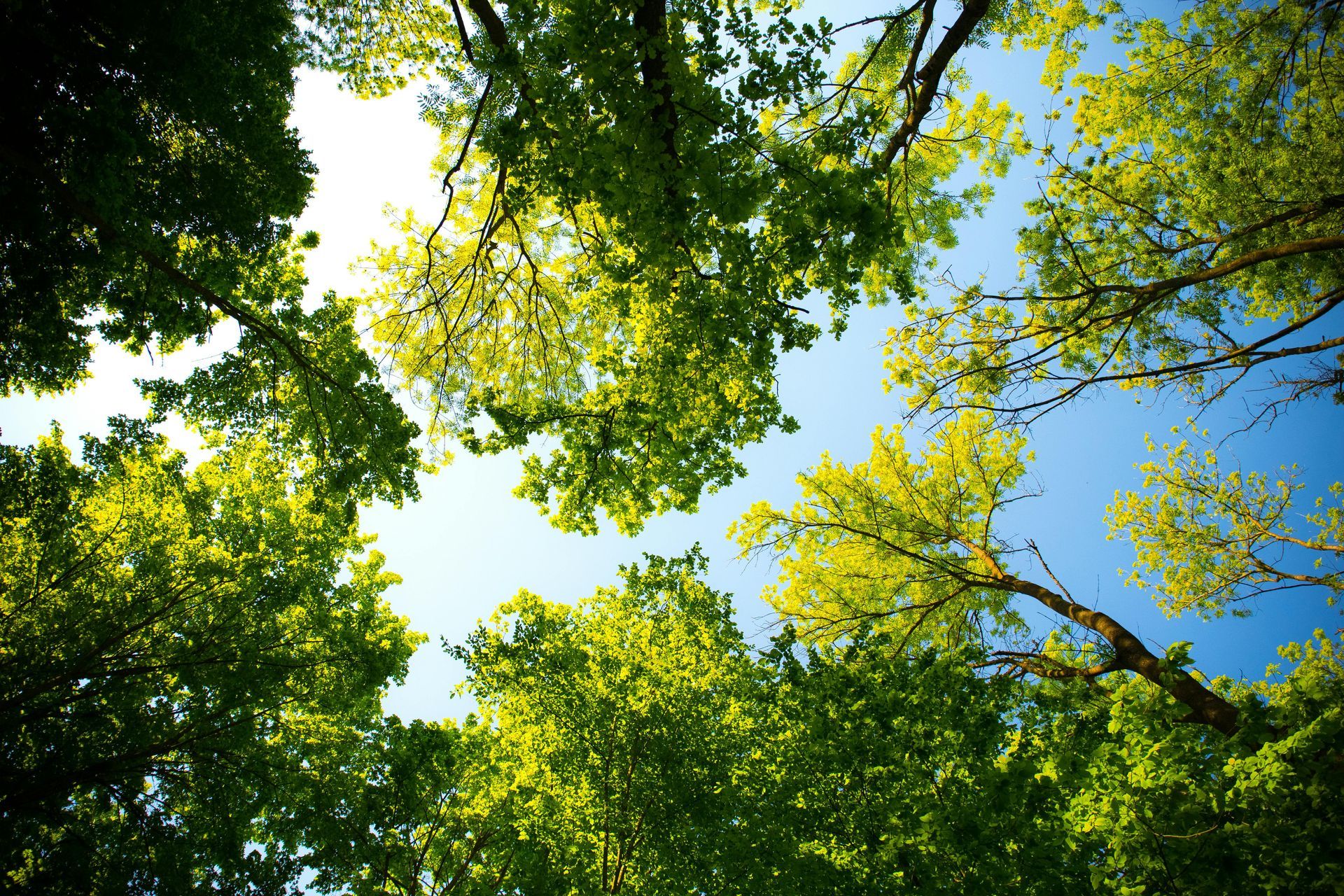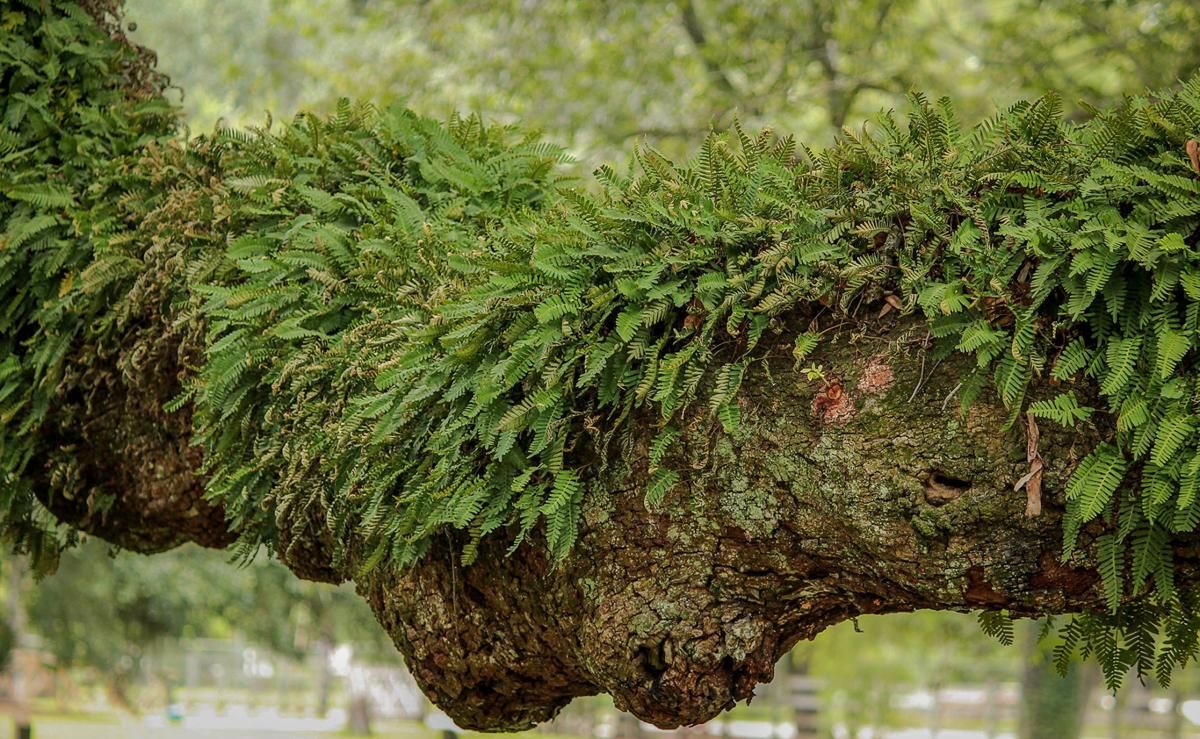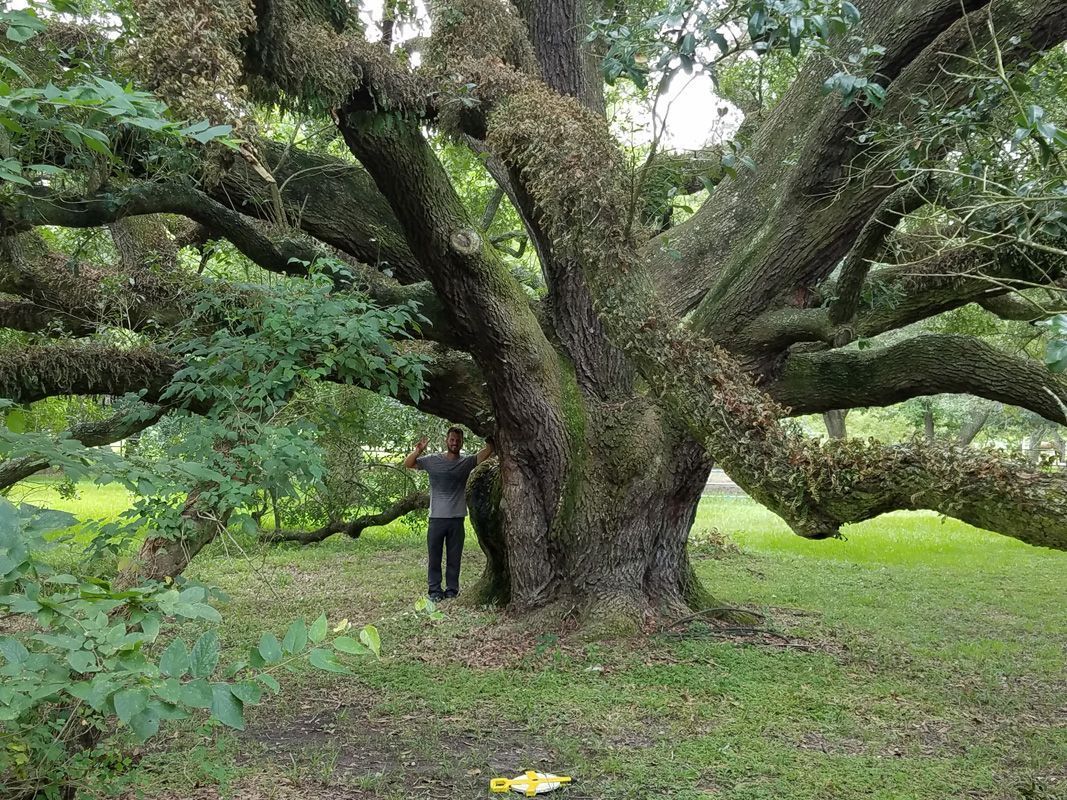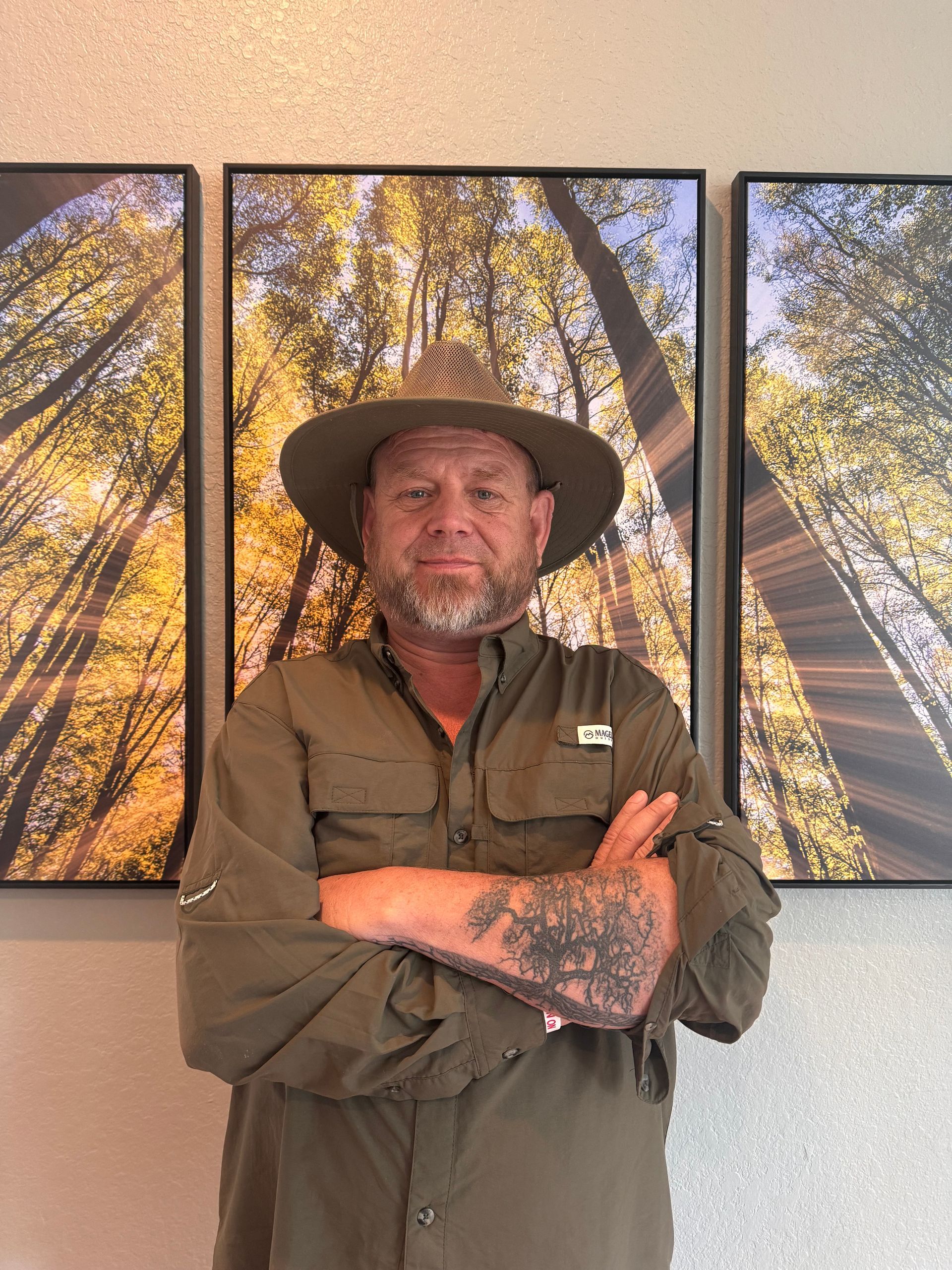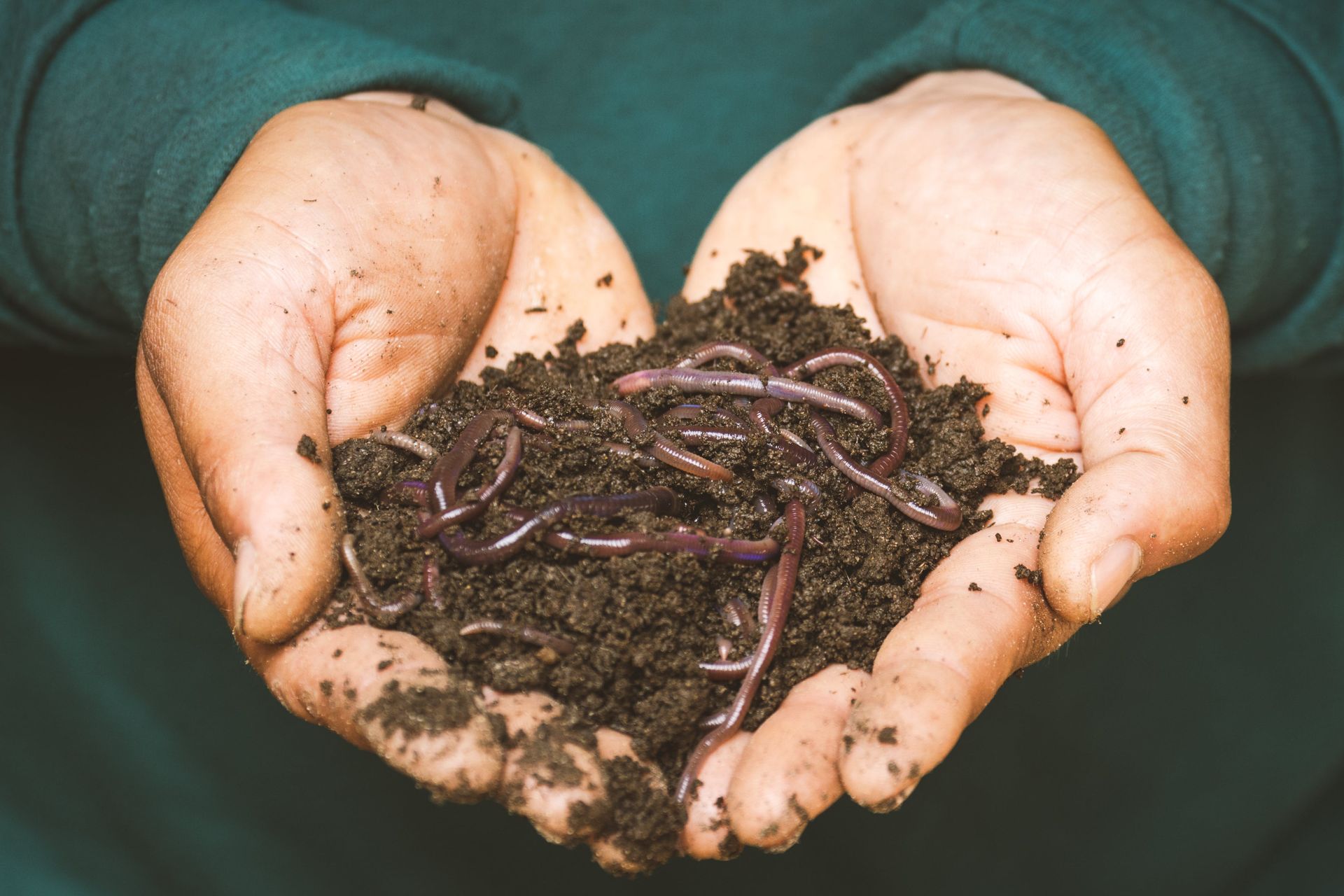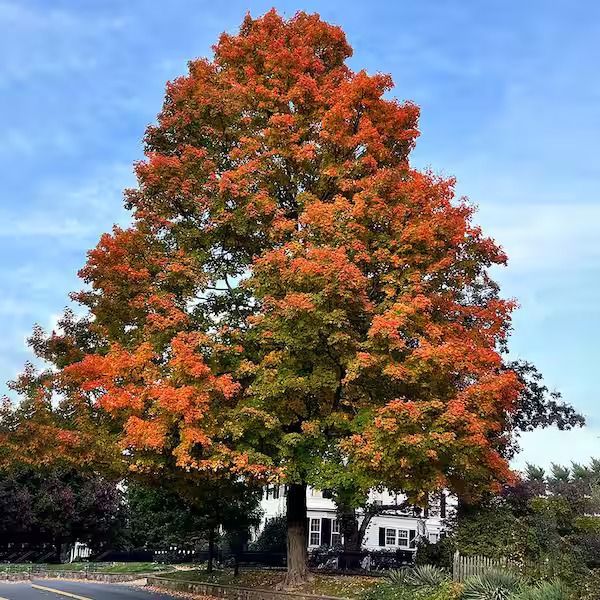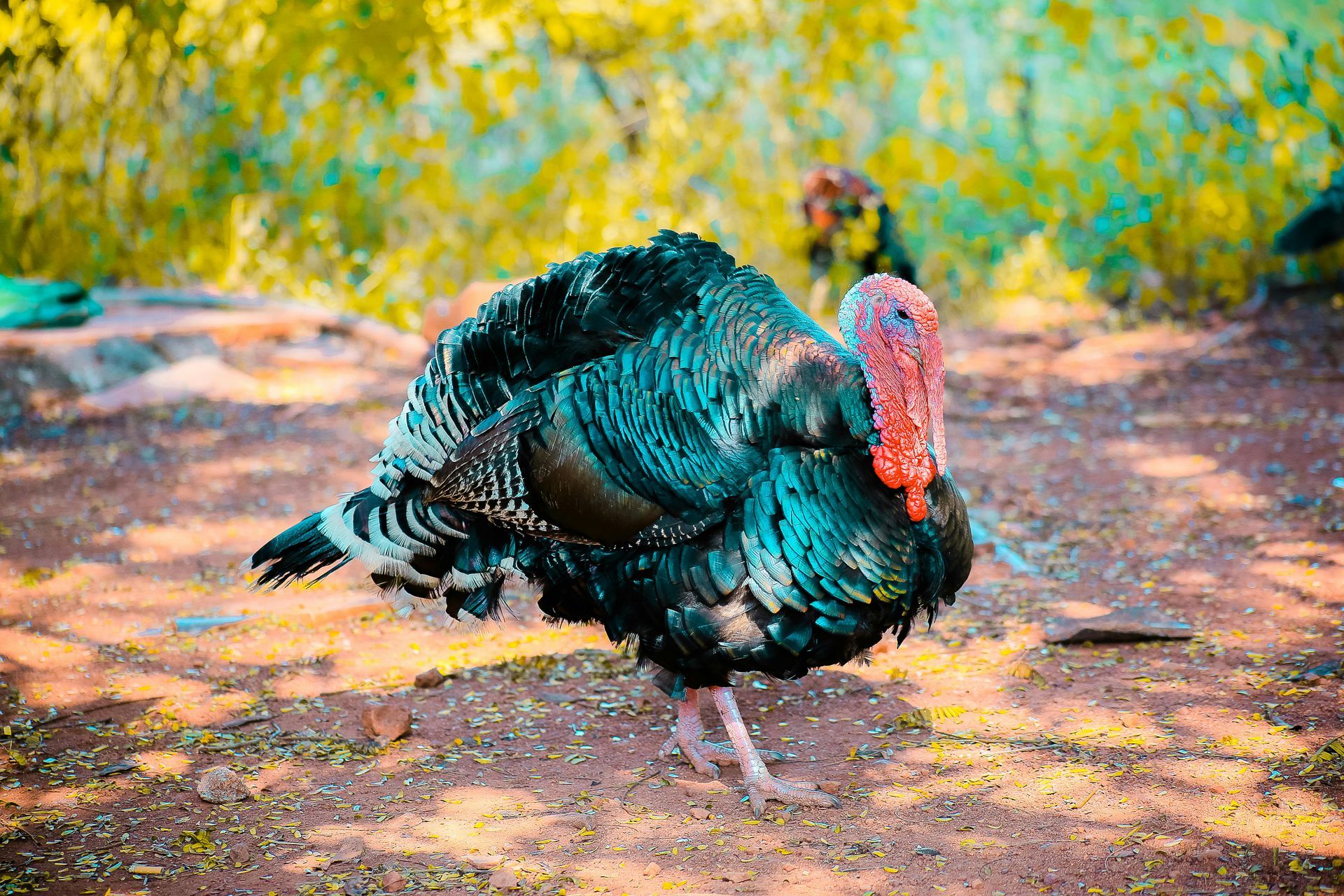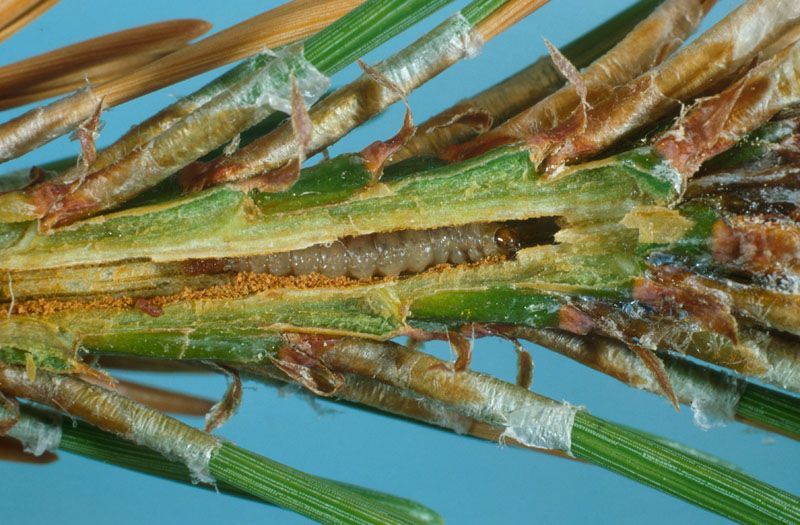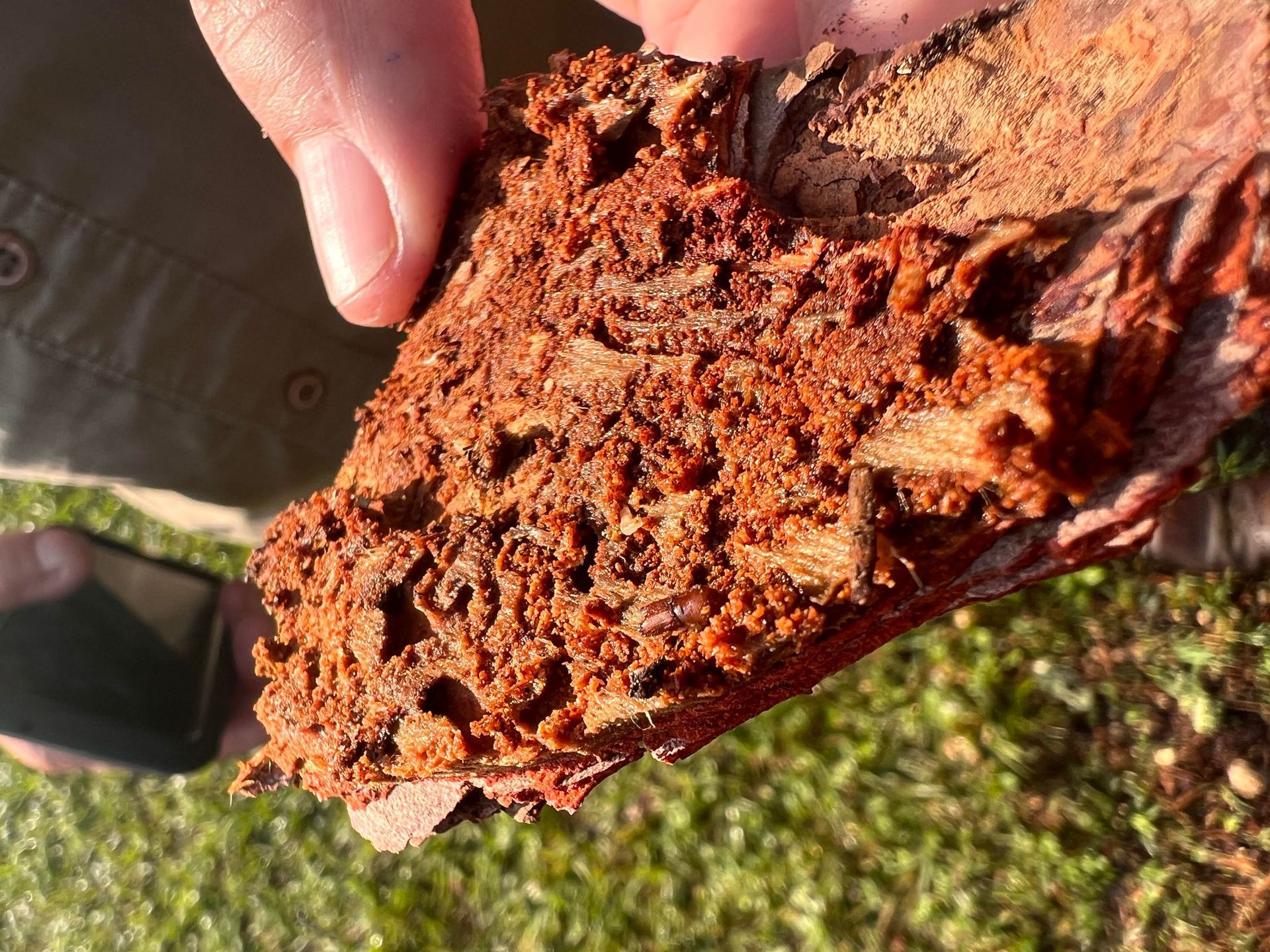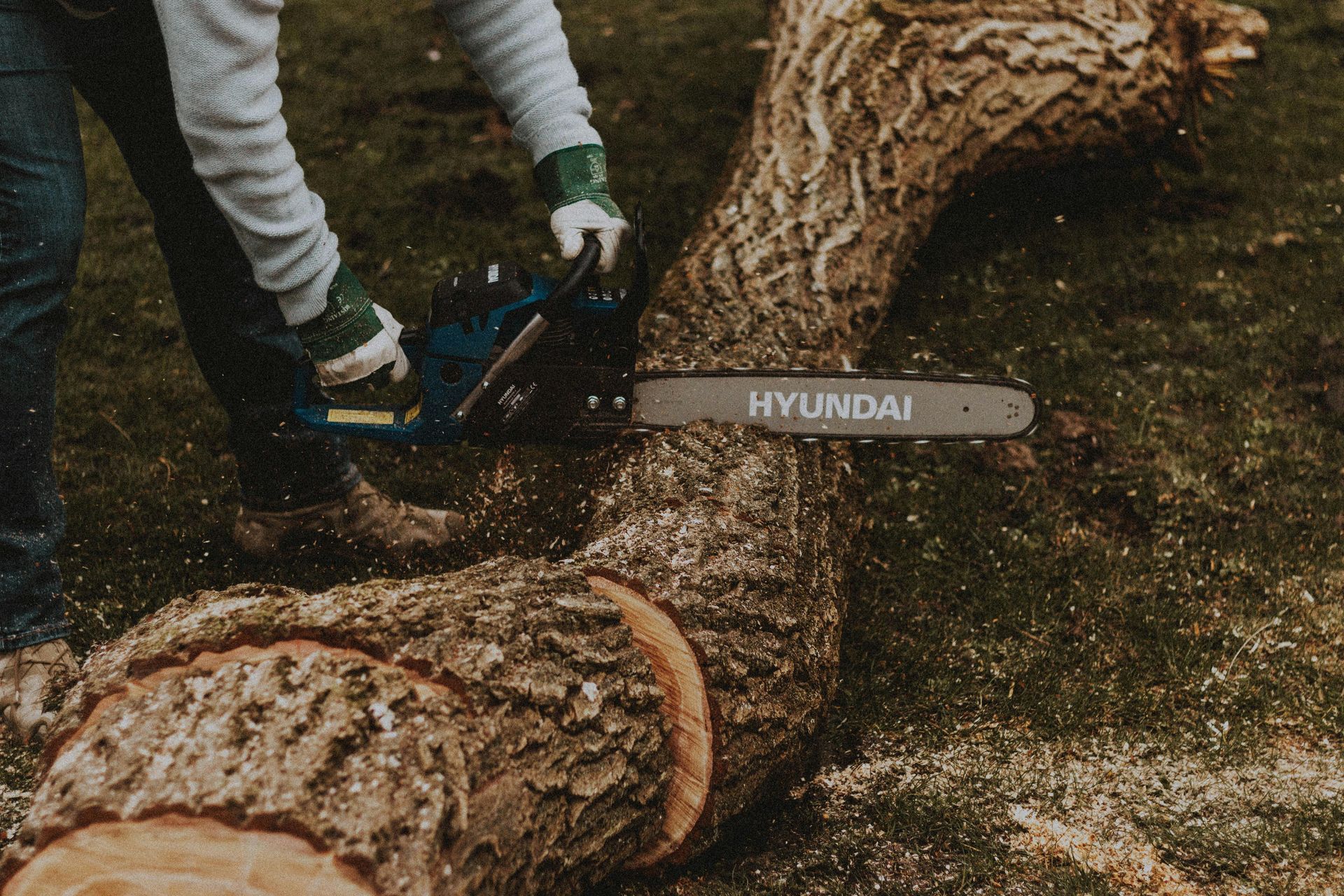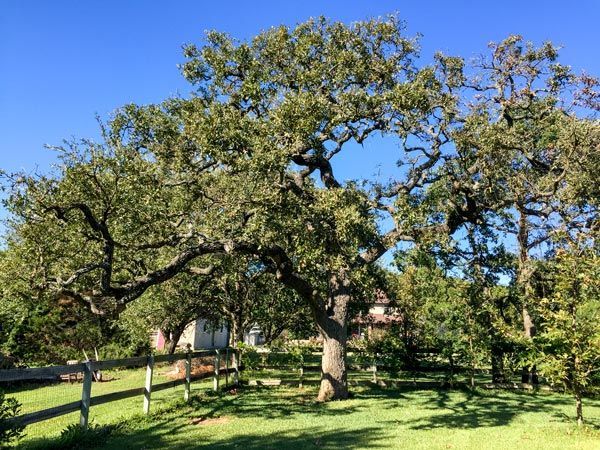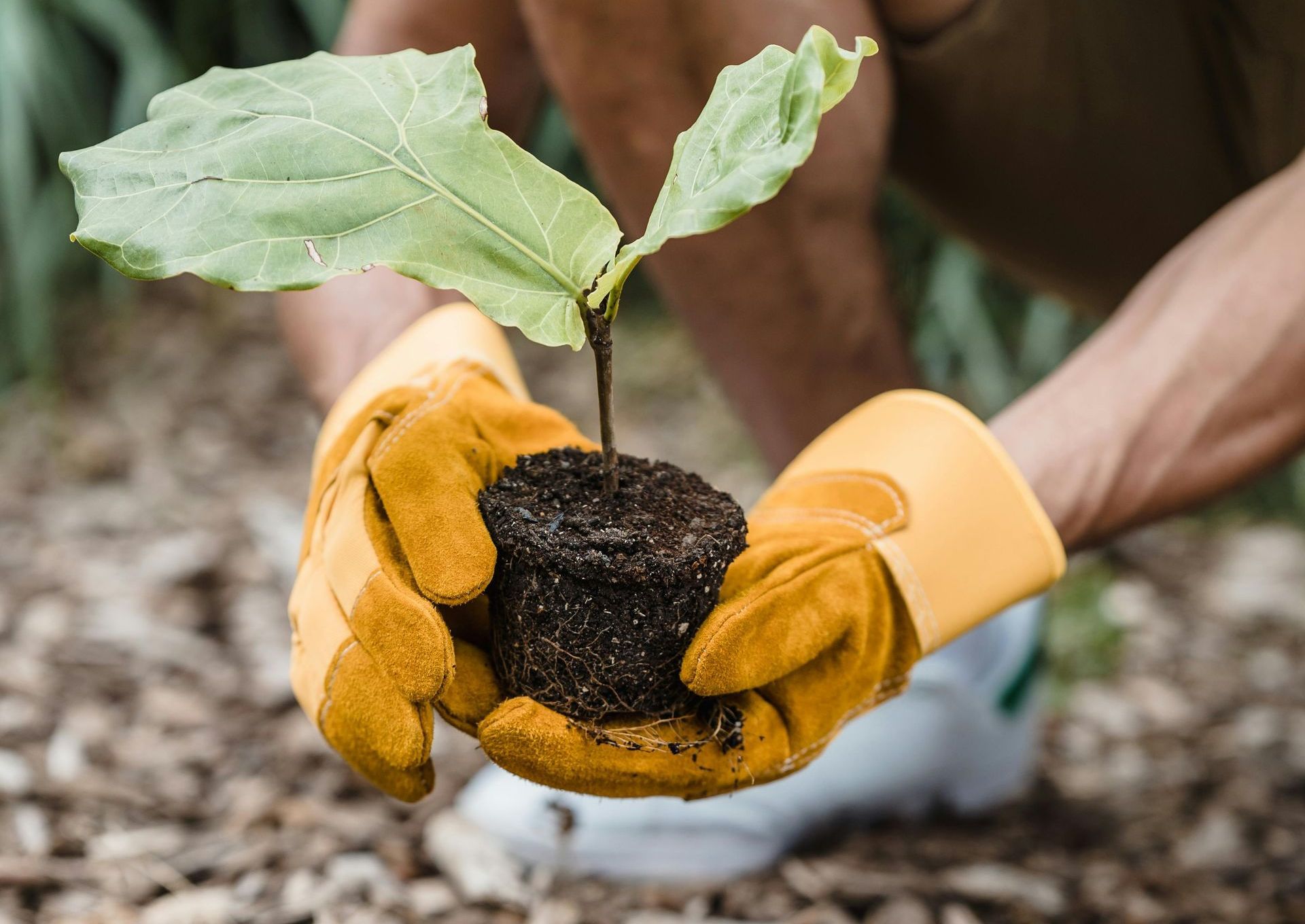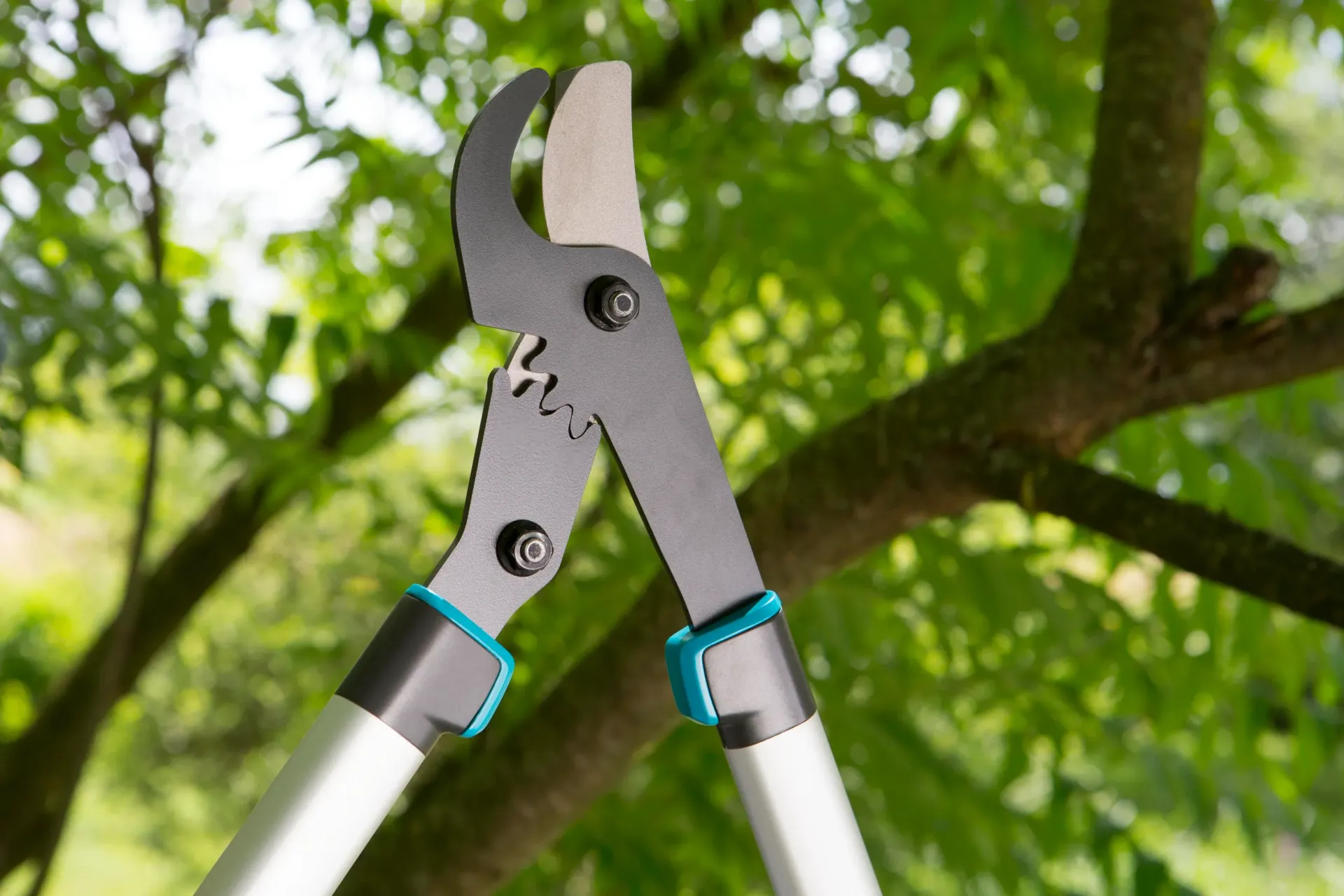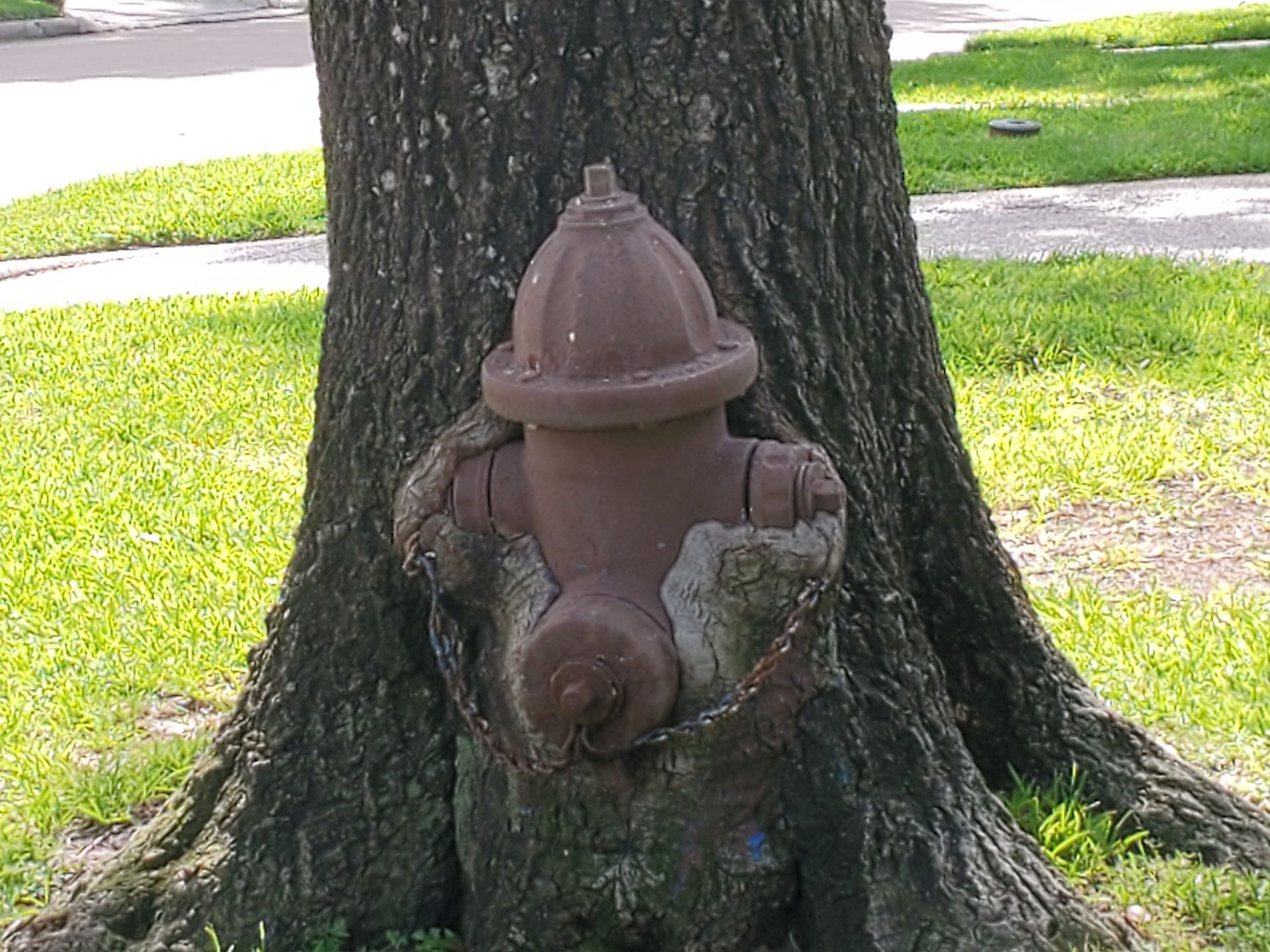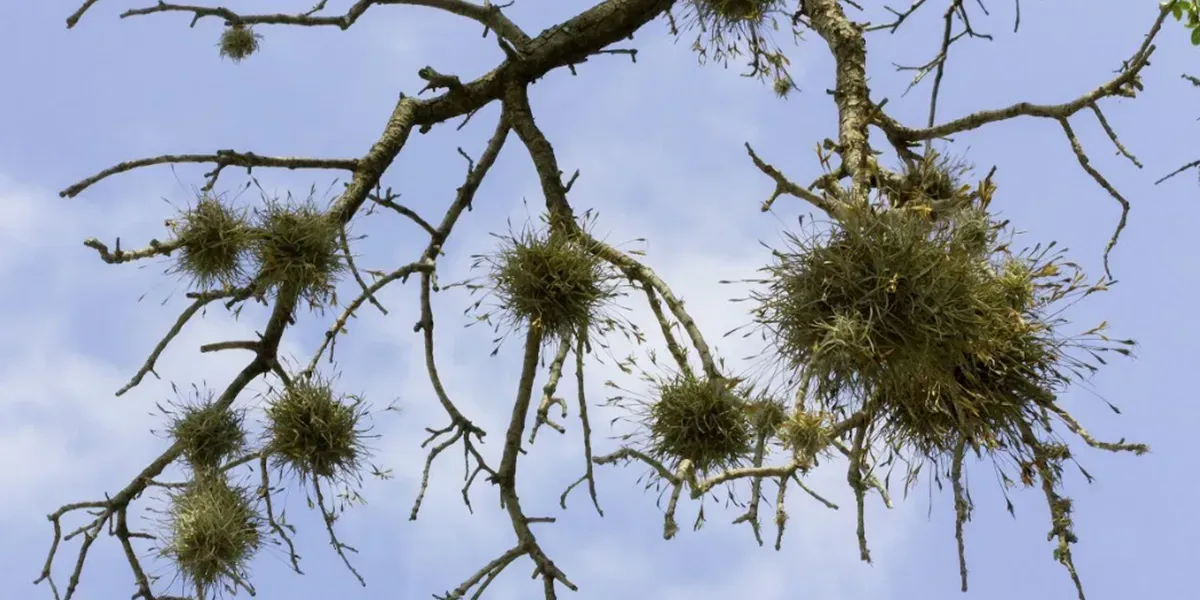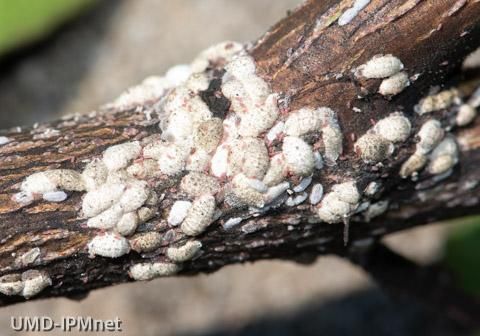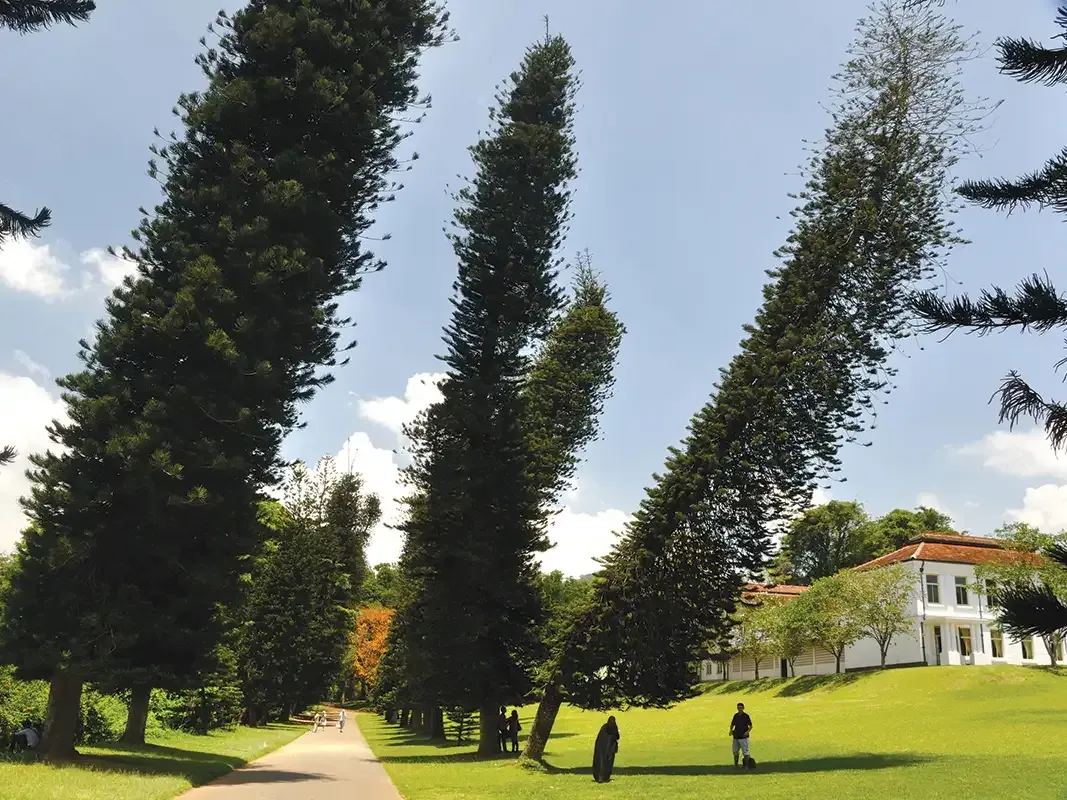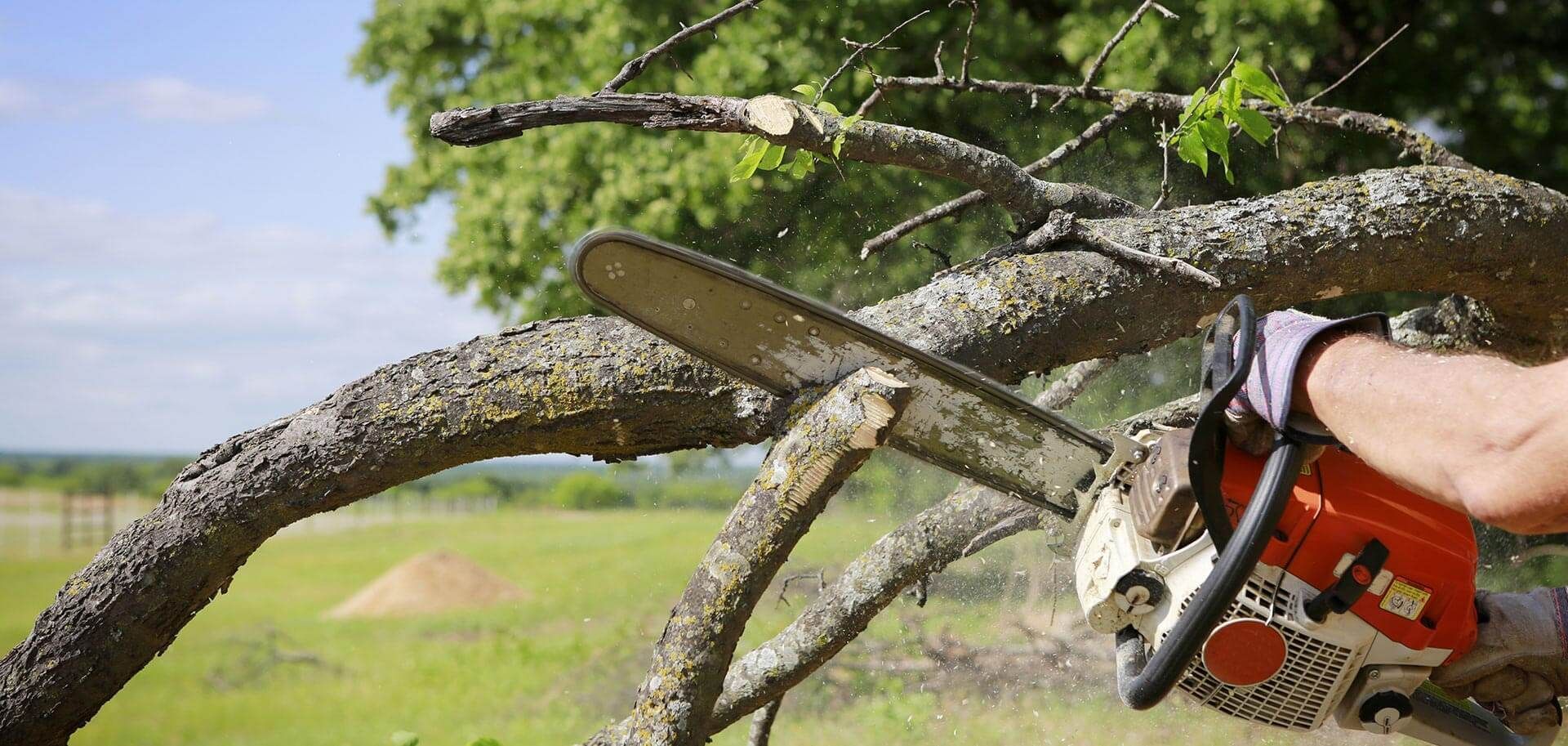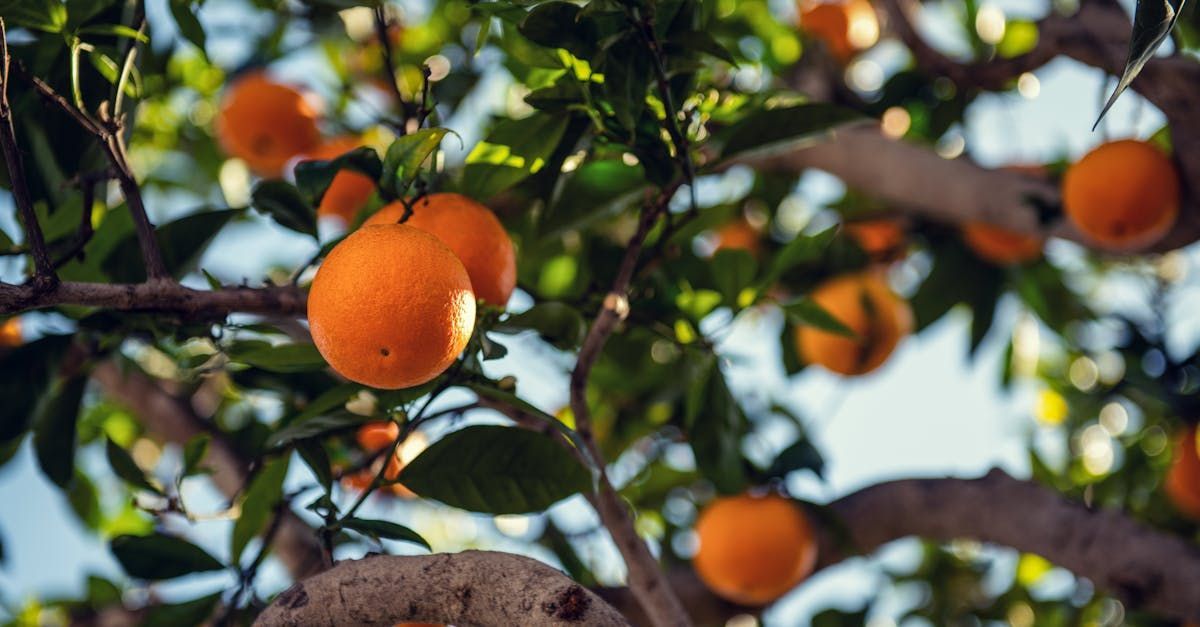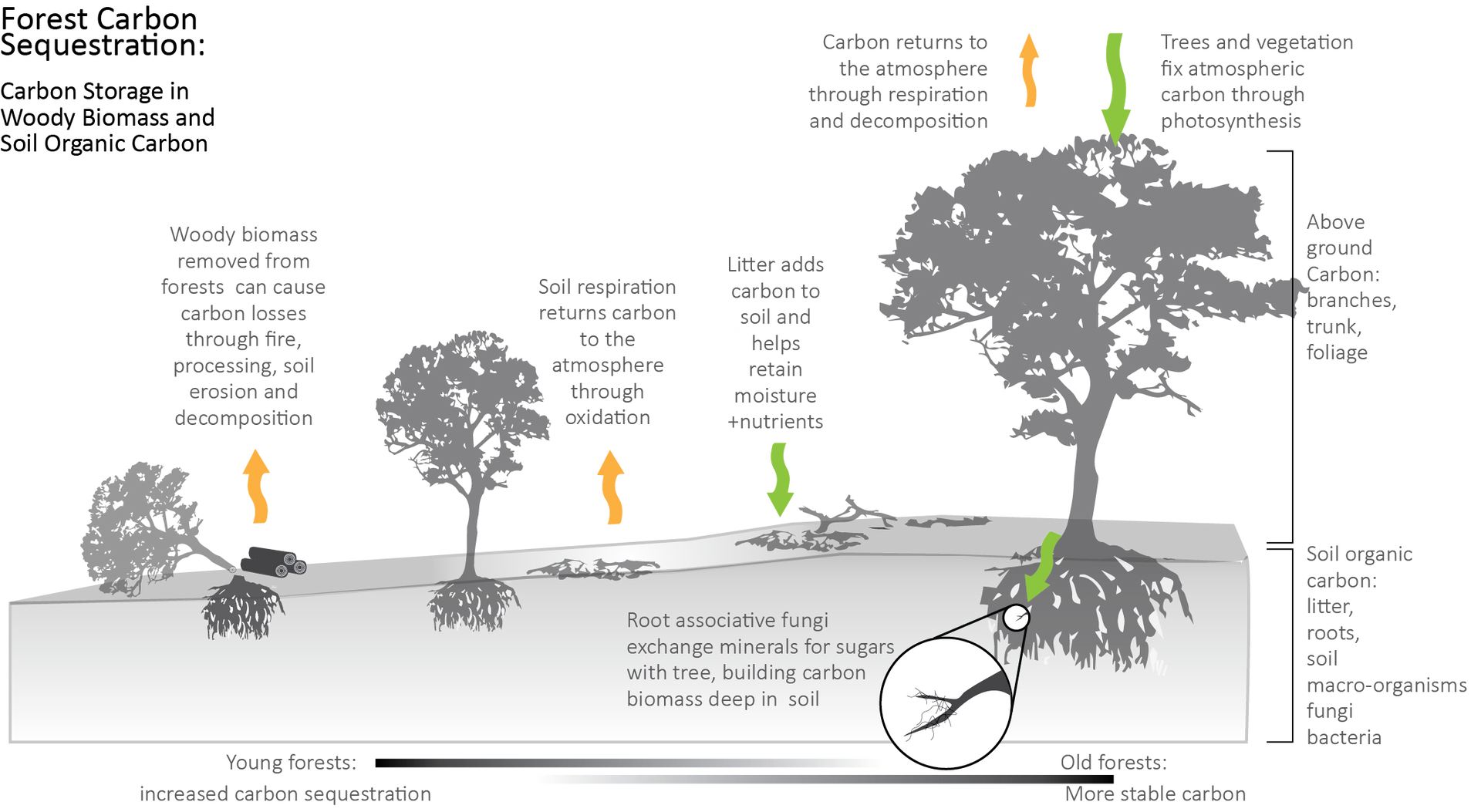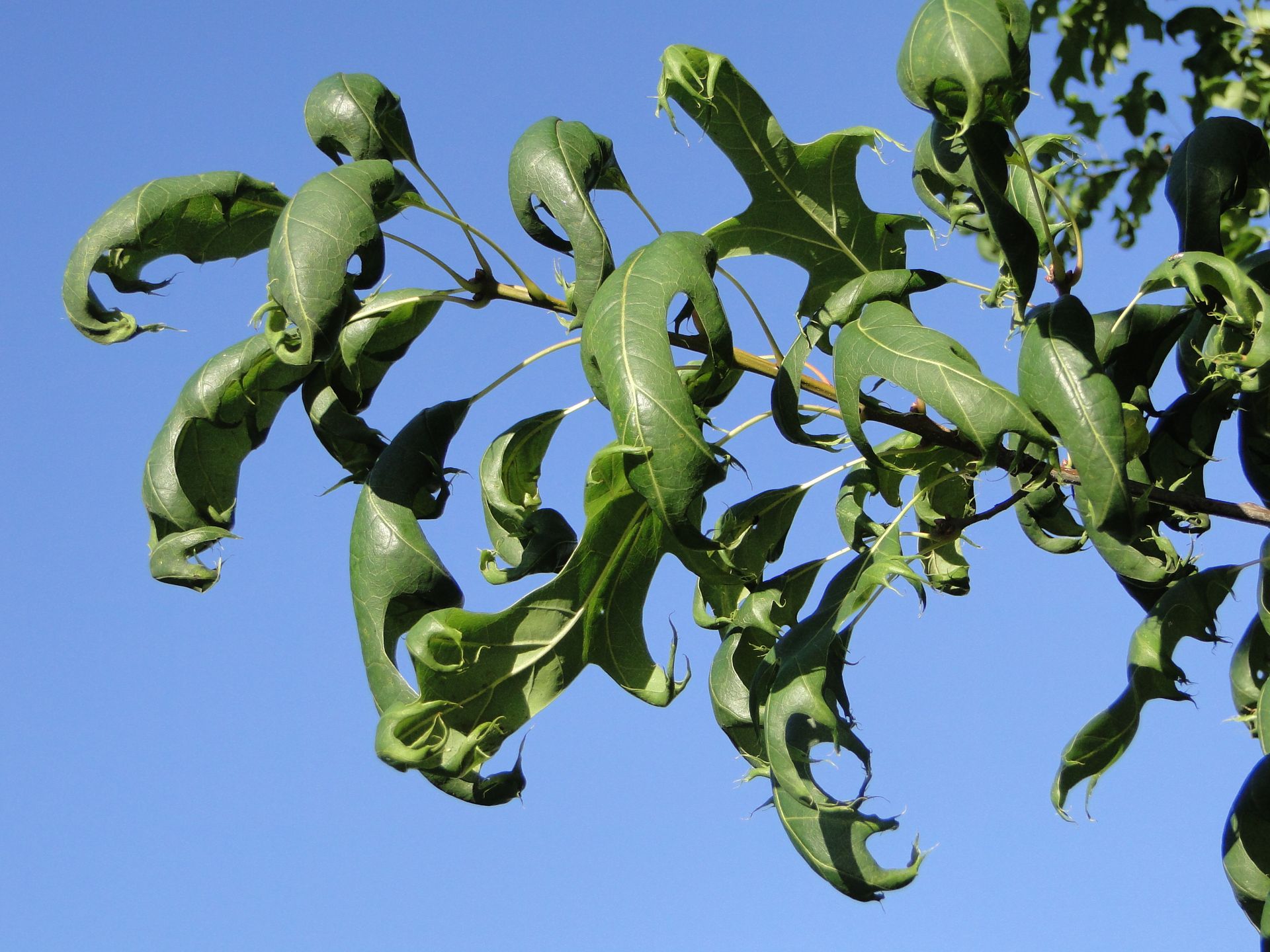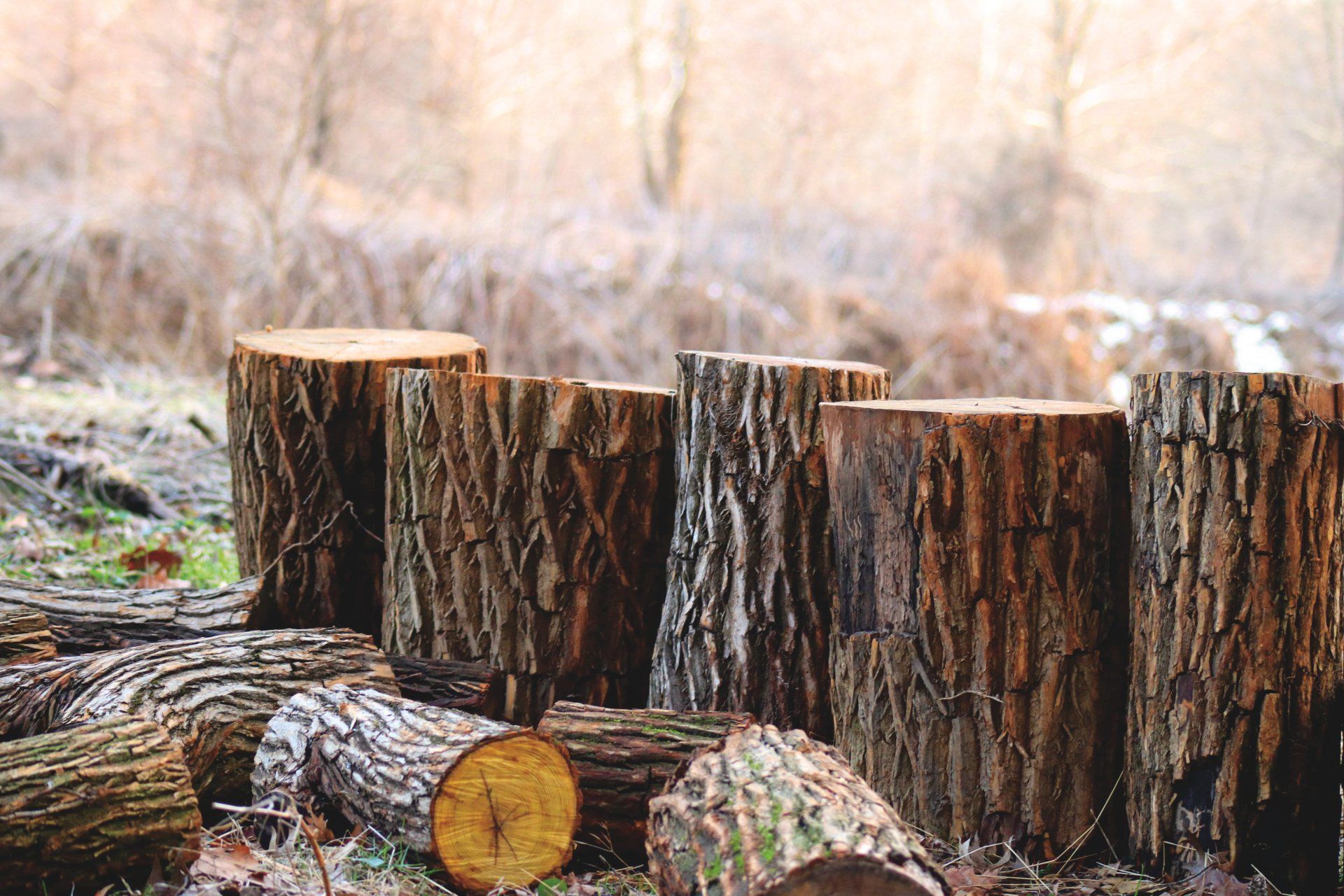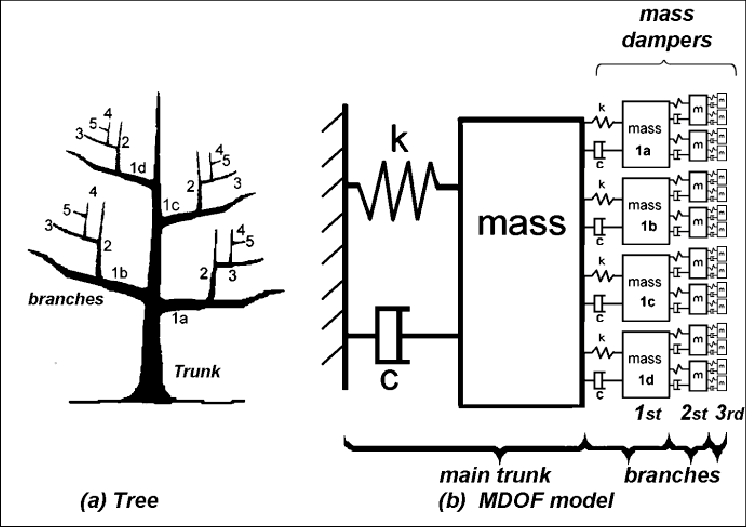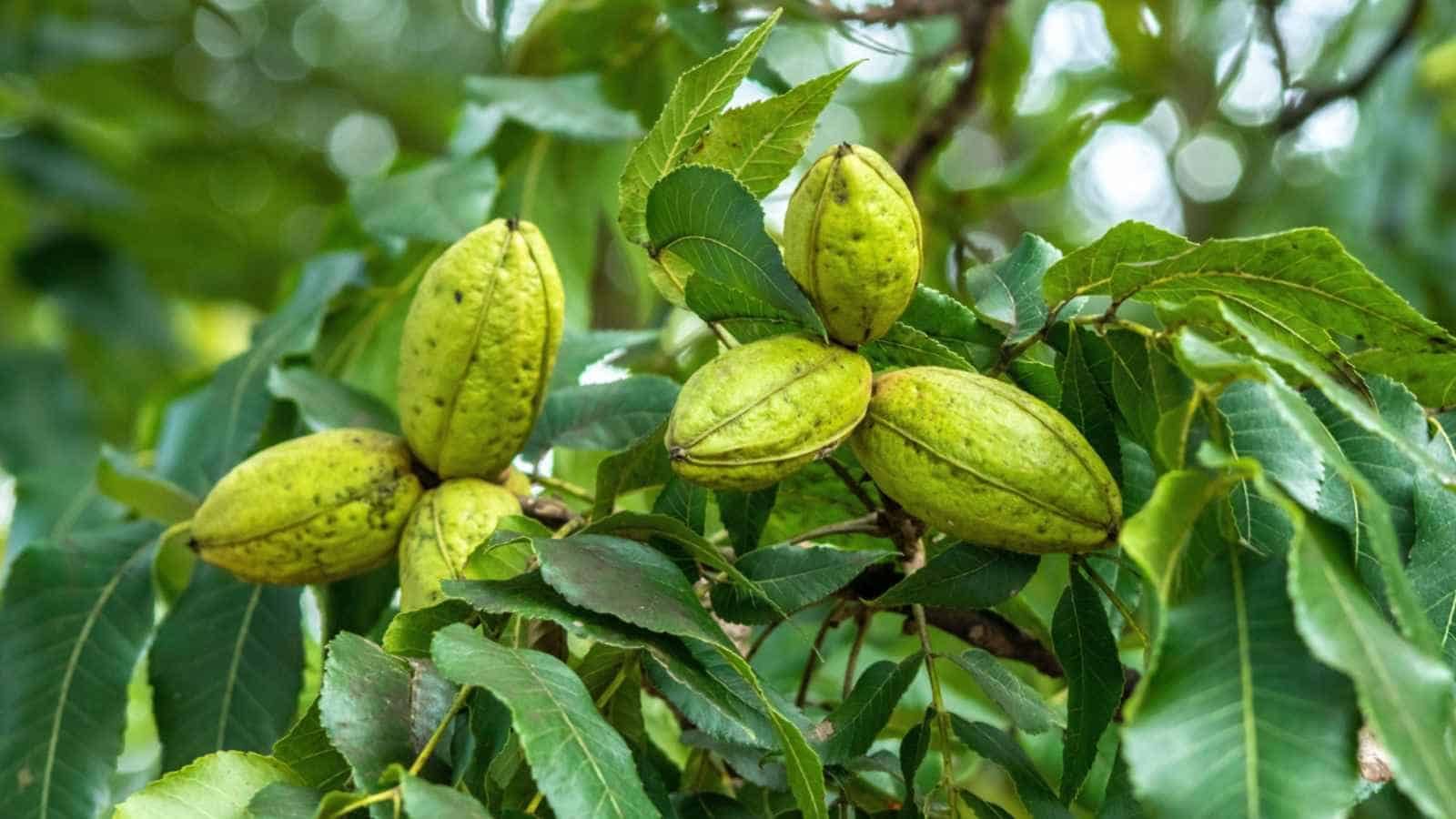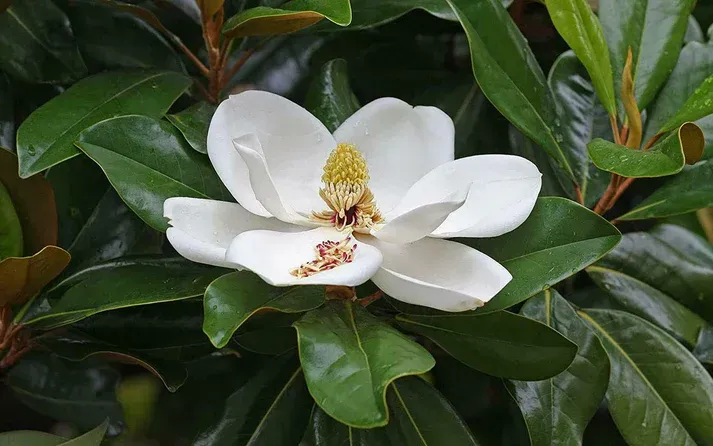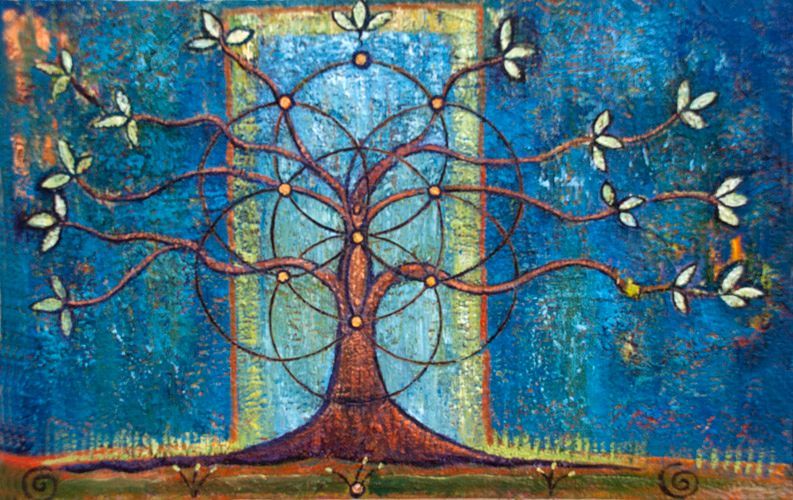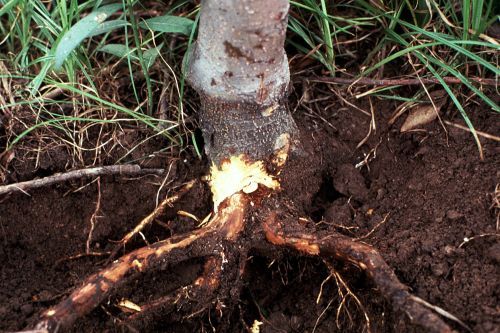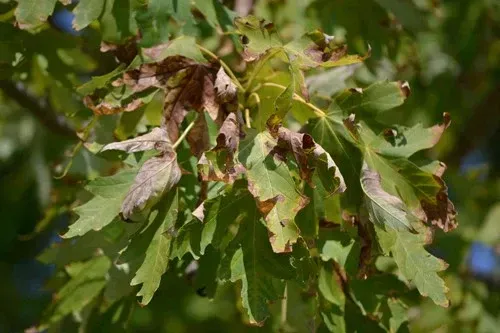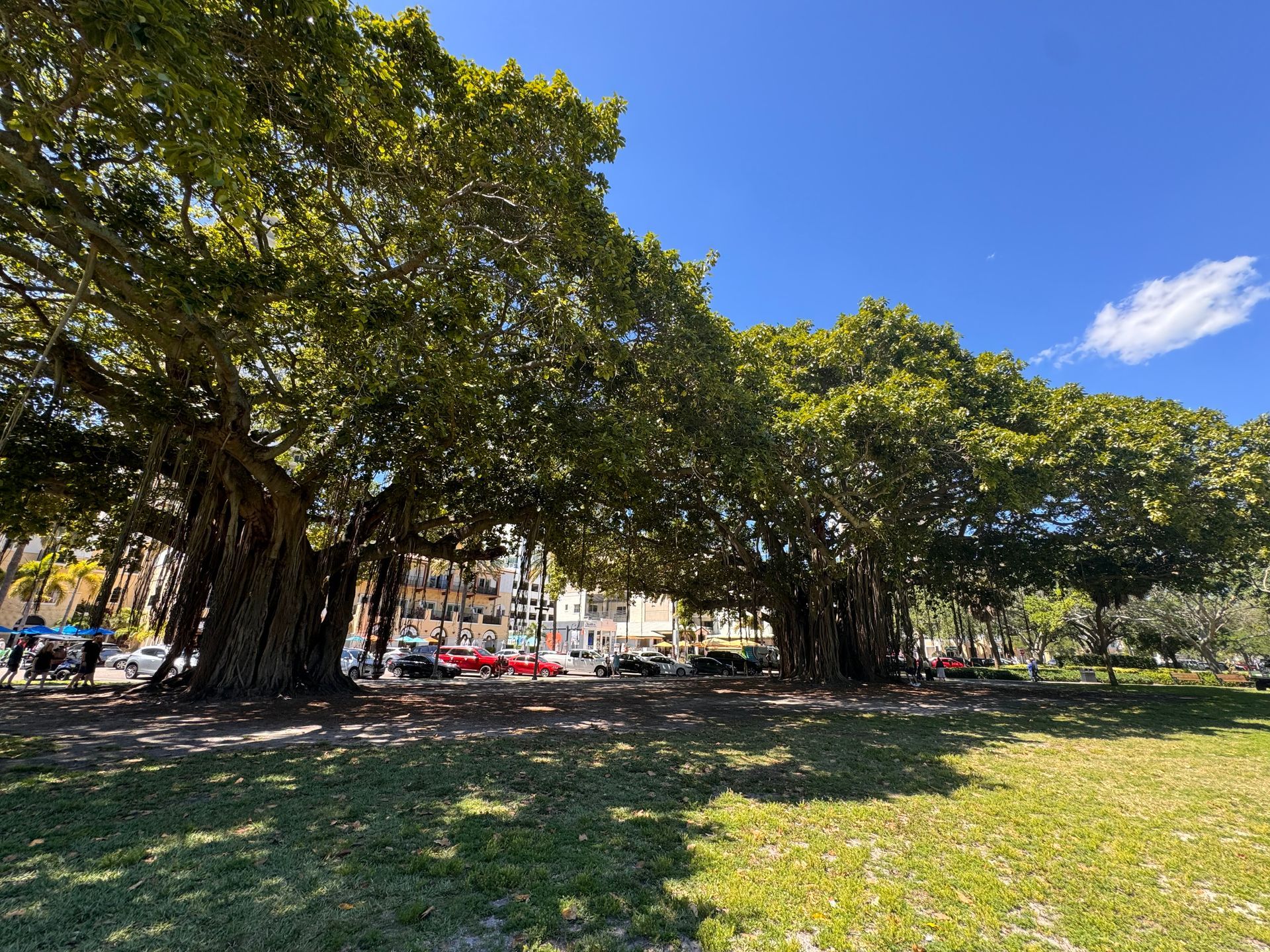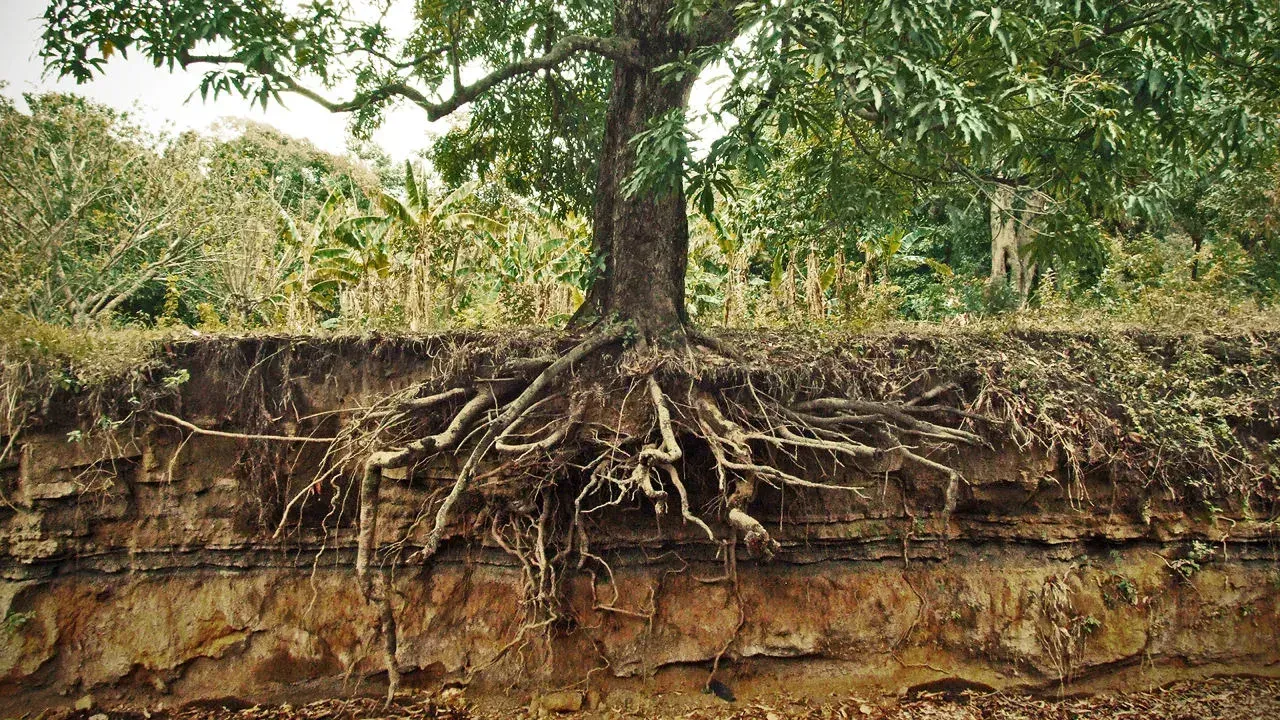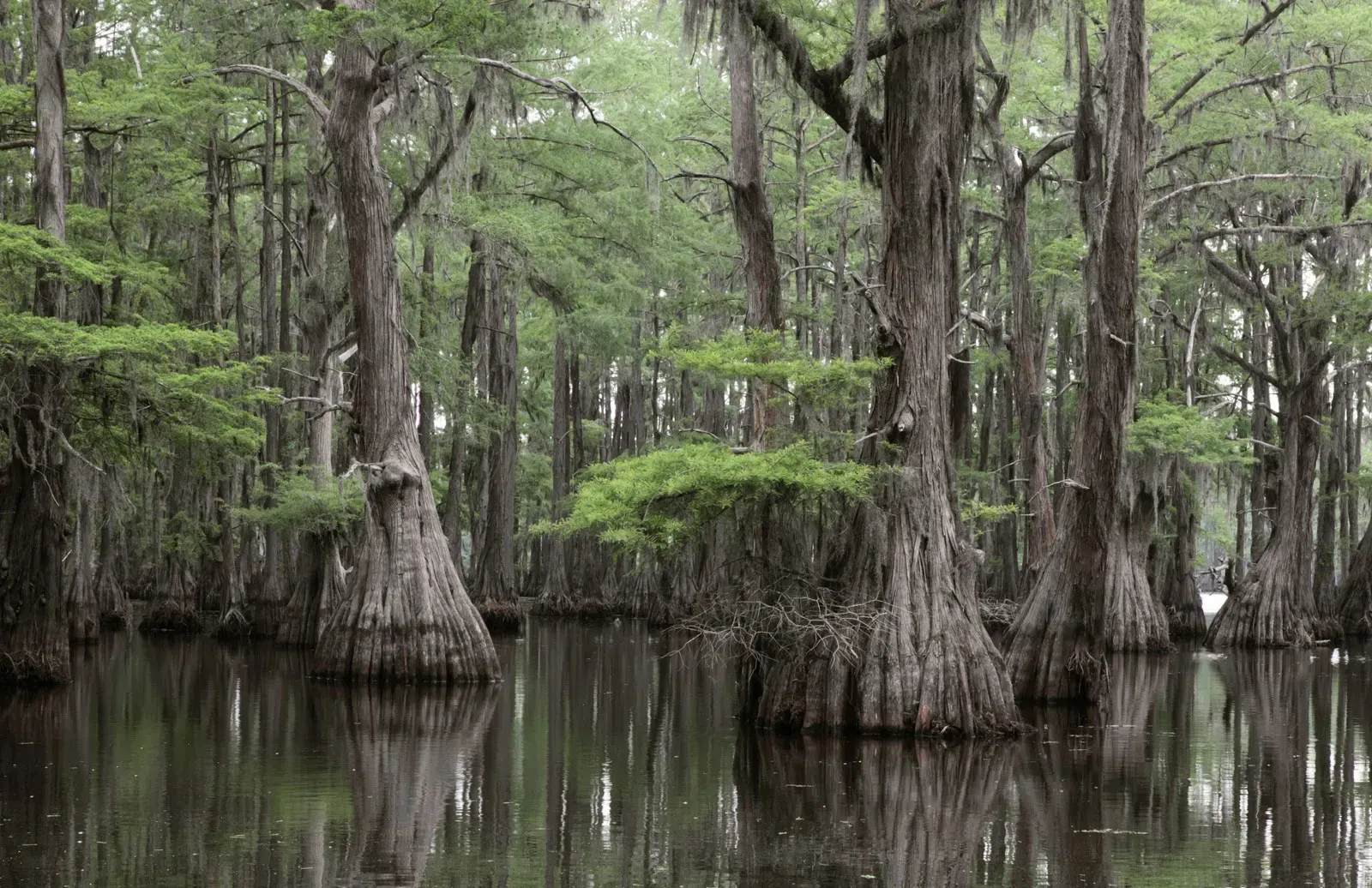Liriope’s Muse: Tree Care Tips from a Master Arborist
TRUSTED TREE CARE SERVICES SINCE 1970
Liriopes Muse: The Dangers of Pine Bark Beetles
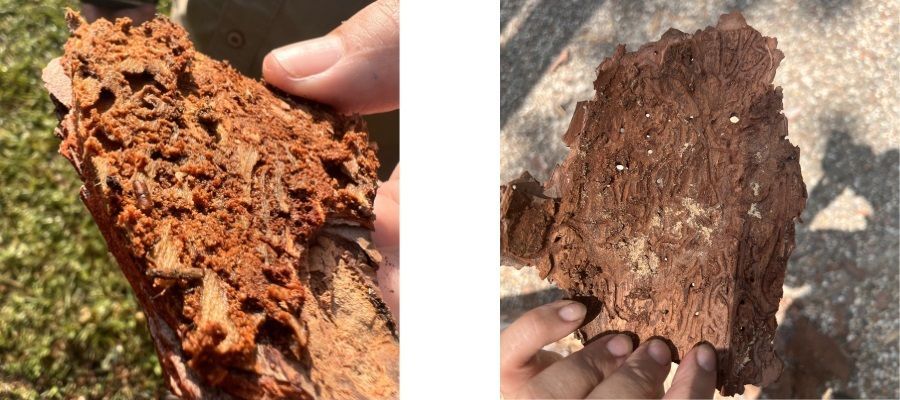
Various species of bark beetles attack southern pine trees, they are typically referred to in three groups: the black turpentine beetle, IPS engraver beetles, and the southern pine beetle. These bark beetles are attracted to fresh pine odors/sap and frequently attack trees that have been weakened by disease, injuries such as pruning wounds, broken branches, or gashes in the bark, drought, or other abiotic and biotic environmental stressors. Bark beetles bore in-between the bark and wood of a weakened tree, (the cambium layer) feed on the phloem, and construct tunnels, called galleries, to lay eggs in. Think of the tree's cambium layer as a bone's growth plate, when a growth plate is damaged or broken your bone can no longer grow. When beetles bore into the cambium, they girdle the nutrient-conducting tissues, disrupting the nutrient and water movement in the tree further weakening it. And though pine Bark beetles contribute to the decline and eventual death of many trees, not every tree succumbs to their pine bark beetle attack. It’s what the beetles can bring with them that kills the tree. Bark beetles are known to carry blue stain fungi, which can be very lethal for a tree. Blue stain produces mycelium (a thread-like fungus mass) that colonize in the phloem or vascular system of the tree blocking the flow of water and sugars, ultimately choking out the tree.
Pine bark beetles may also weaken the tree enough to attract termites, which are also attracted to distressed and unhealthy trees. Termite infestations only exacerbate existing problems, as they eat the softwood of trees hollowing out the trunk and limbs weakening the overall structural integrity of the tree, and causing damage too extensive for the tree to survive.
In the end, a tree's ability to survive a bark beetle infestation depends on its allelopathic chemical levels, how soon it is treated, and the extent of the infestation. Some signs that you can keep an eye out for are pitch tubes, sawdust at the base of trees(frass), small pinhole/BB-sized holes speckled throughout bark, the tips of the needles are browning, and your tree looks like it may be going into an early fall. Be aware that bark beetle infestations can span area-wide, due to their ability to fly up to 2 miles to their next tree. So, if there is a tree in your neighborhood infected with pine bark beetles there is a good chance that your tree is not safe. If you ever feel your pines may be infested with pine bark beetles or see a dying pine tree in your area, console with a certified arborist. It is important to take action as soon as possible because if caught early enough the attack can be prevented from spreading.
**This blog has been put in layman's terms for most to understand, if you are looking for a more scholarly article on this subject, I found THIS ONE to be intriguing.
Liriope’s Muse - Expert Tree Care Tips
